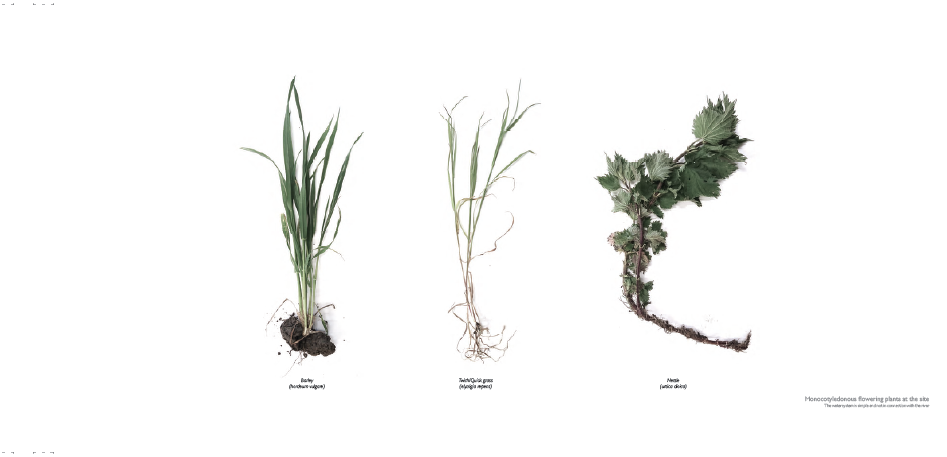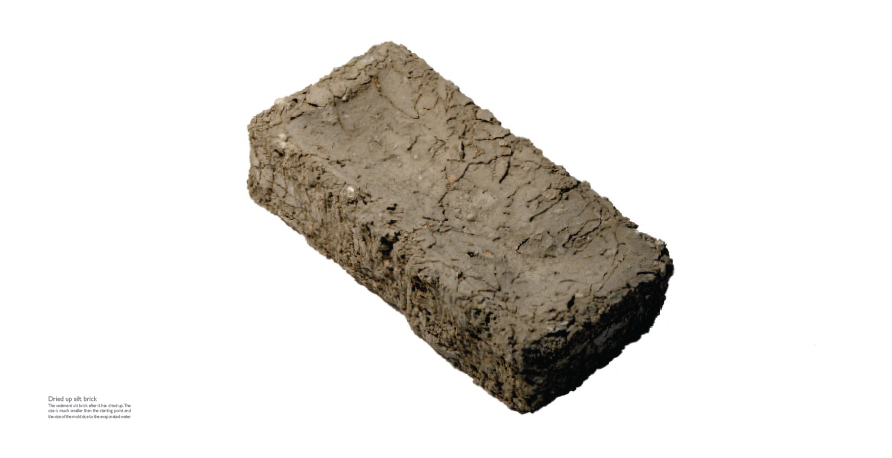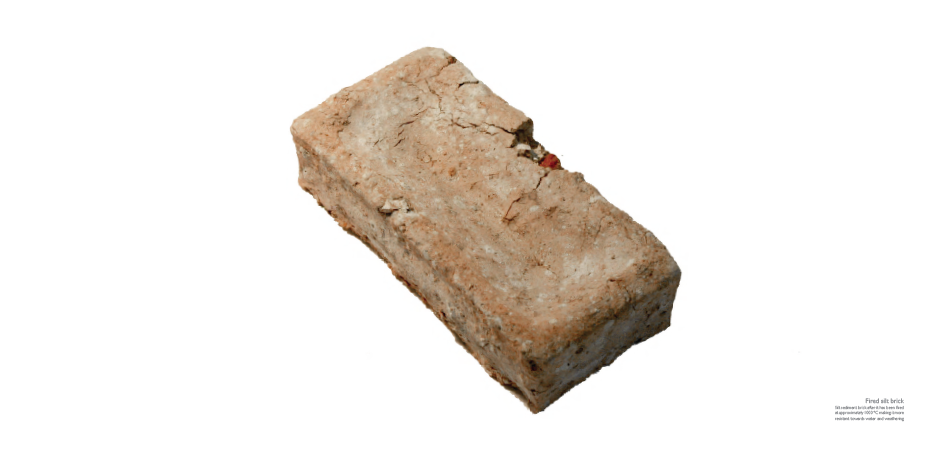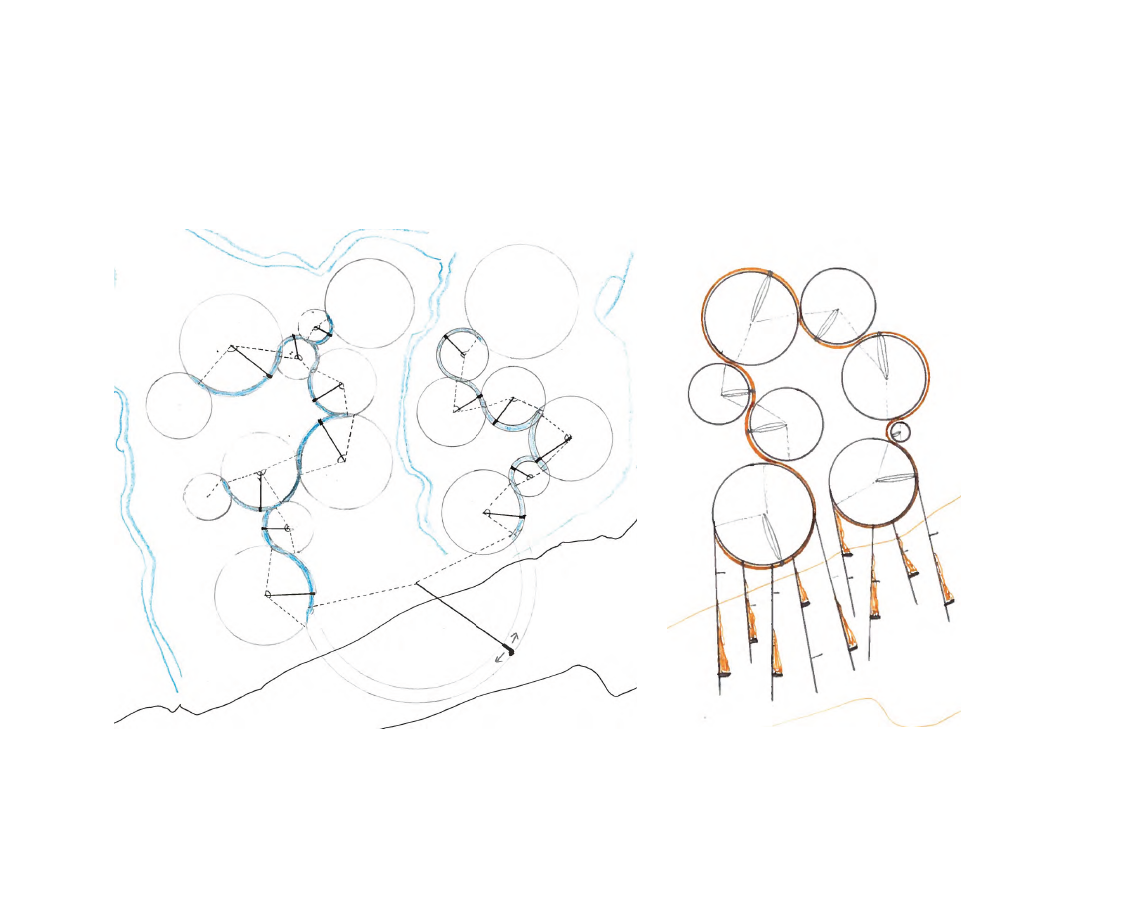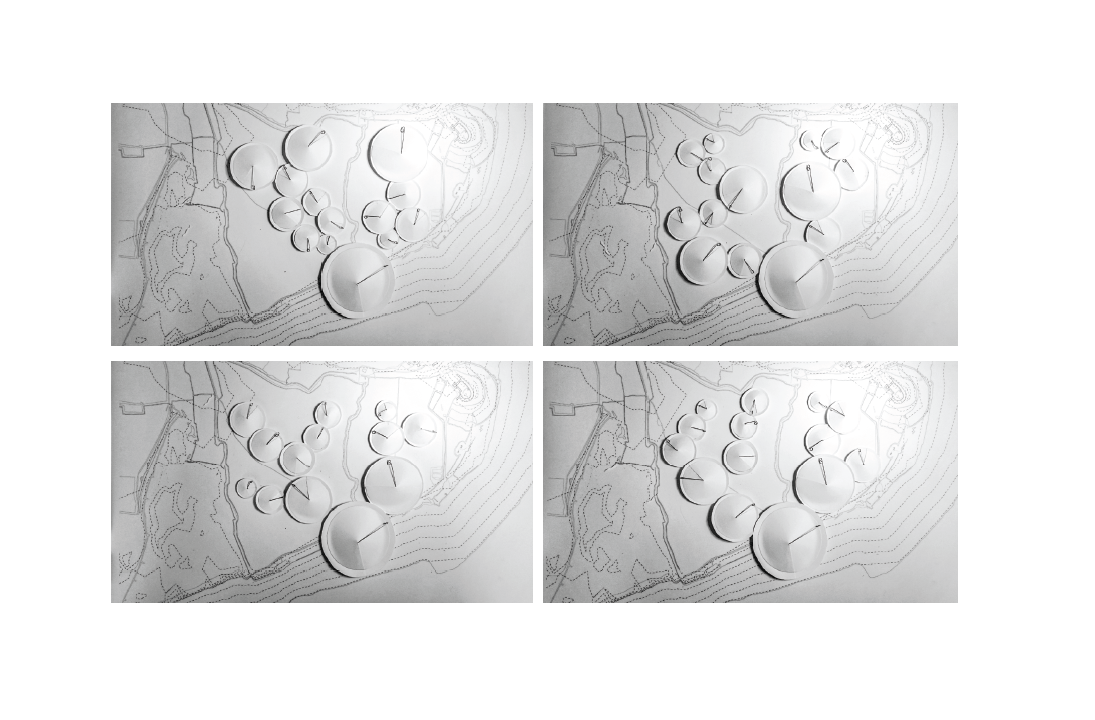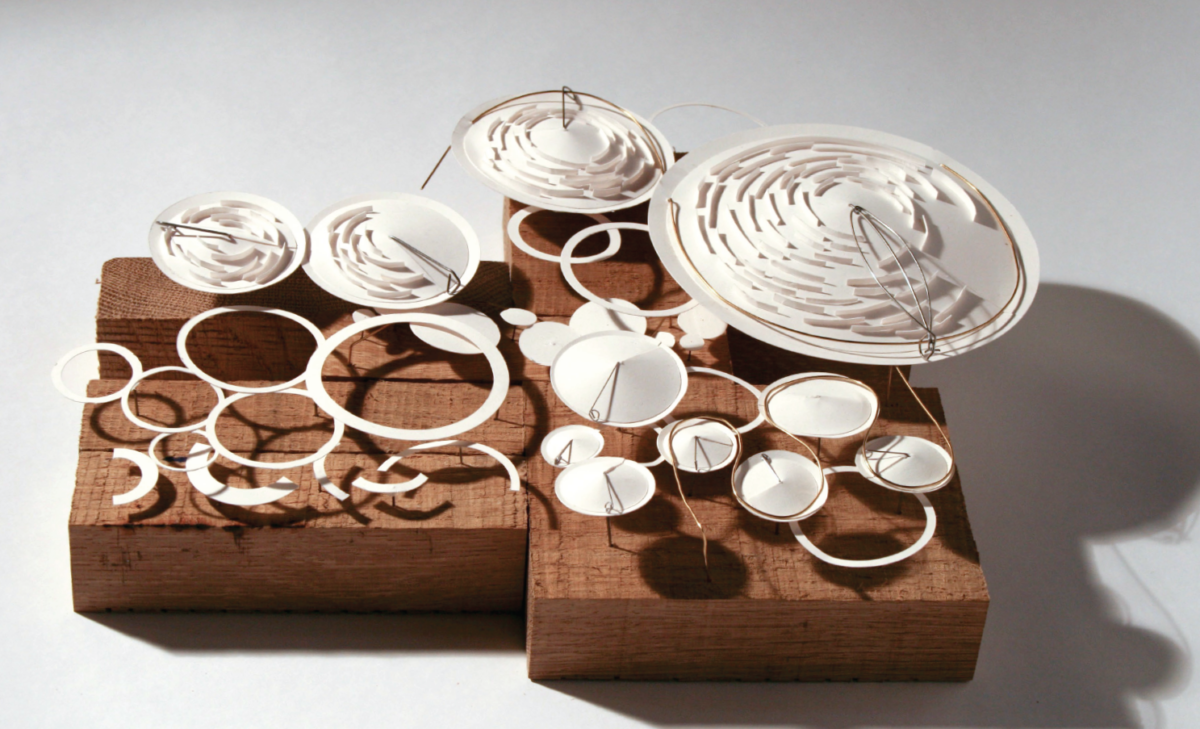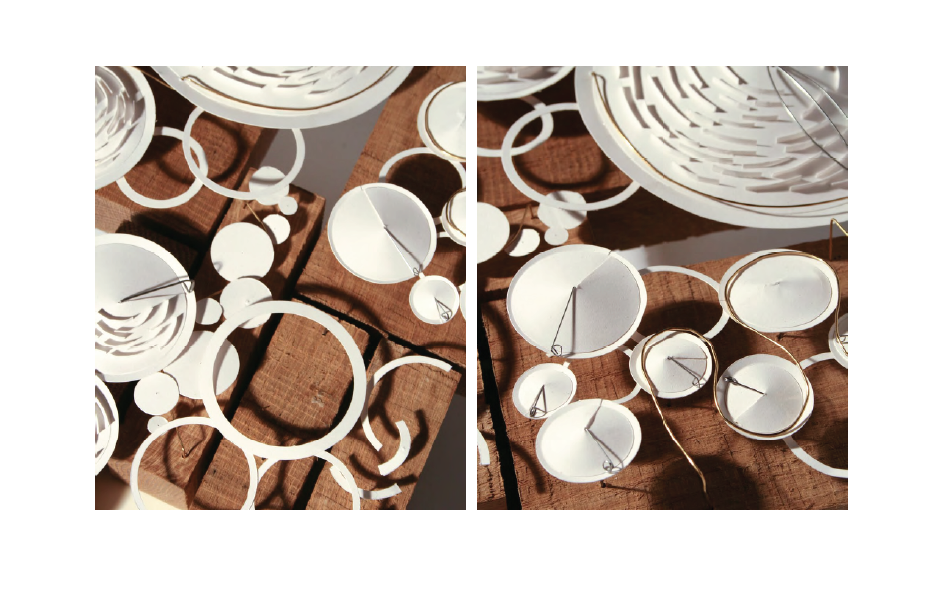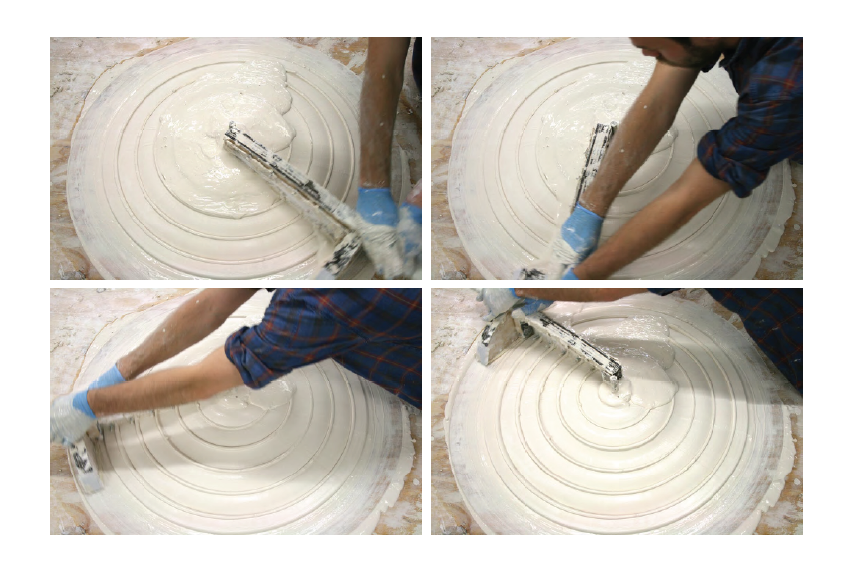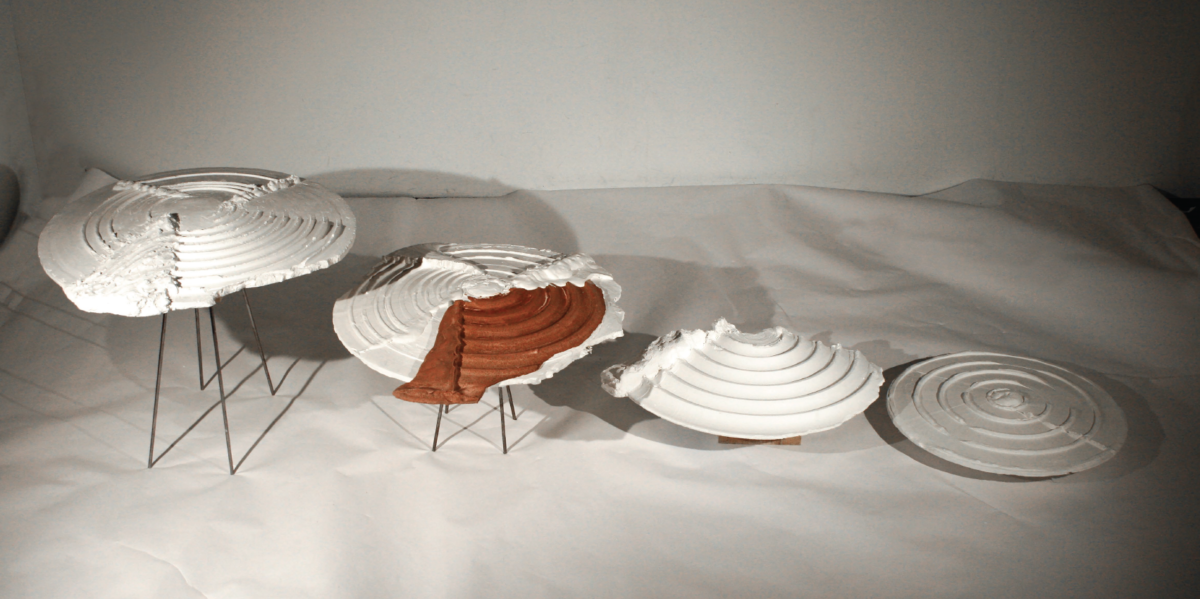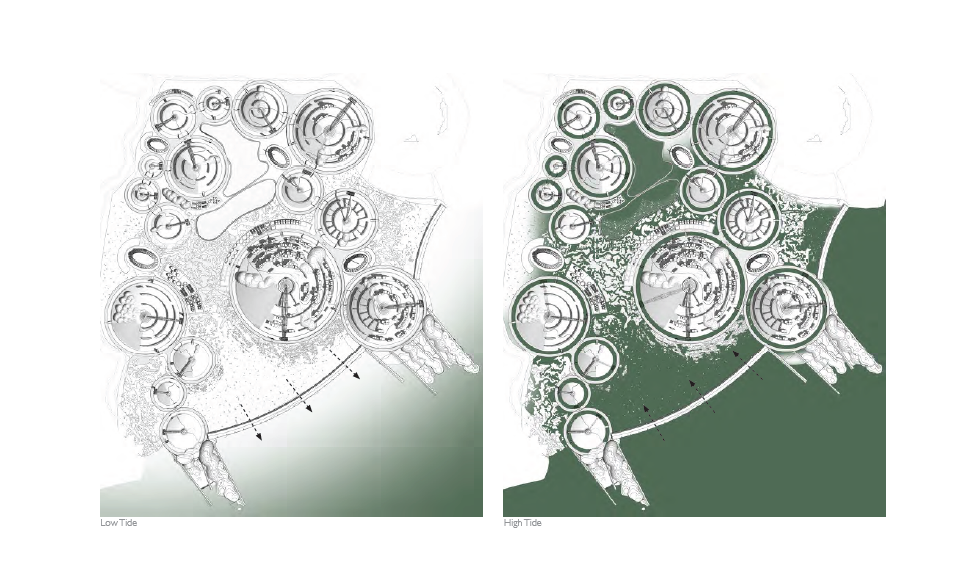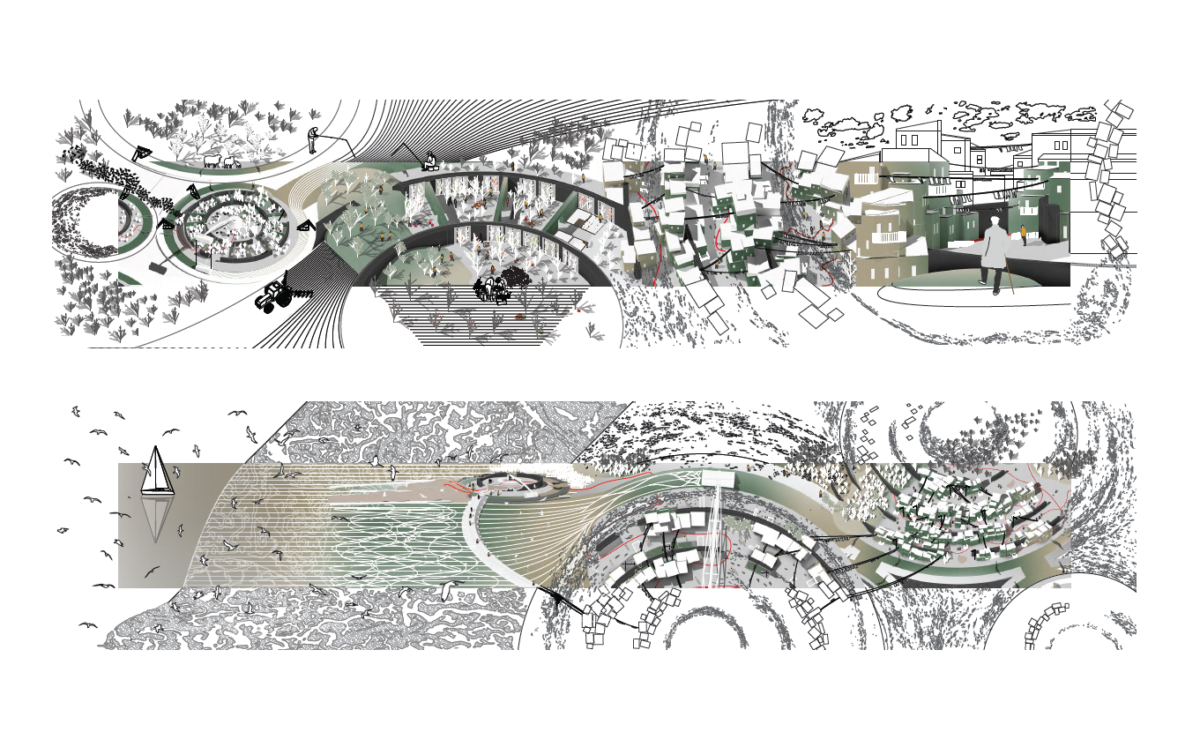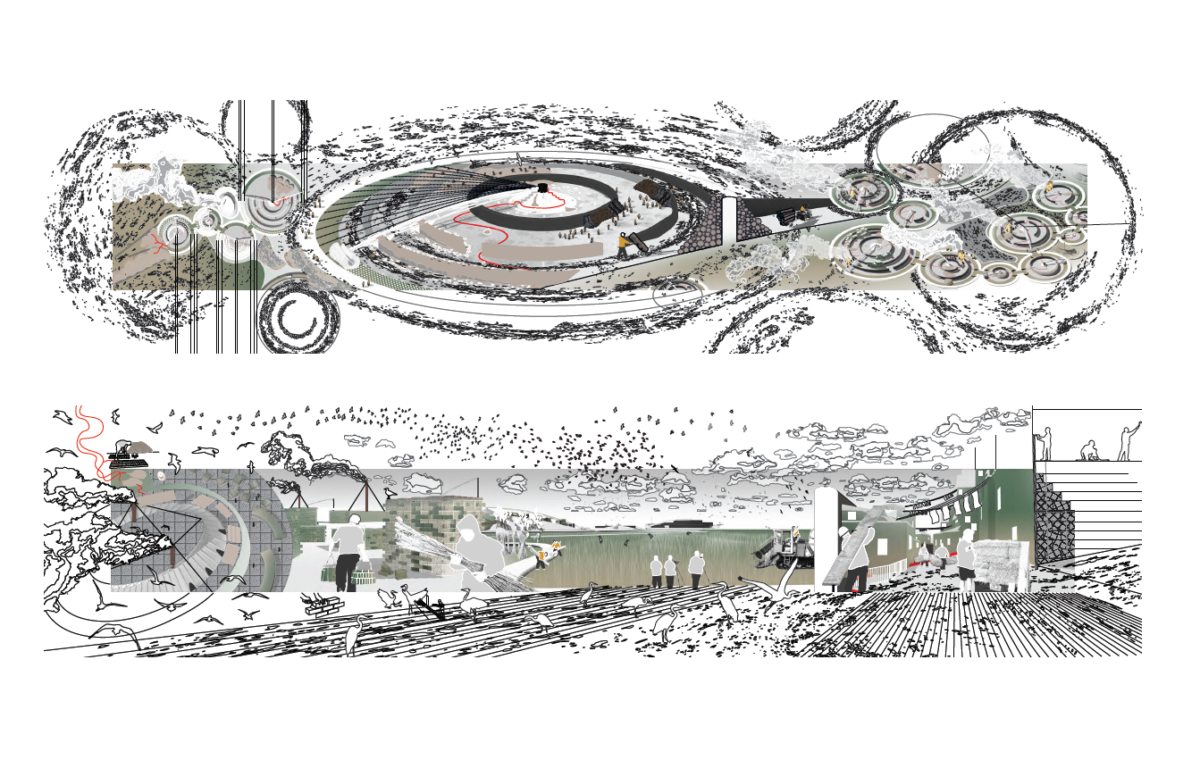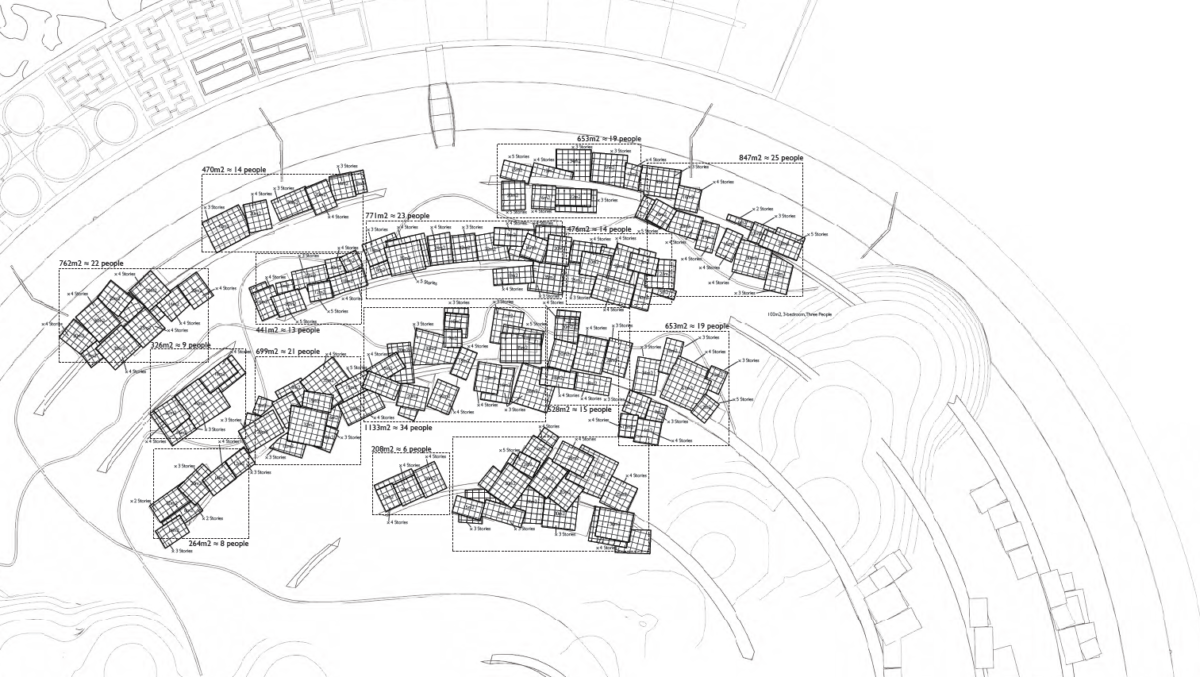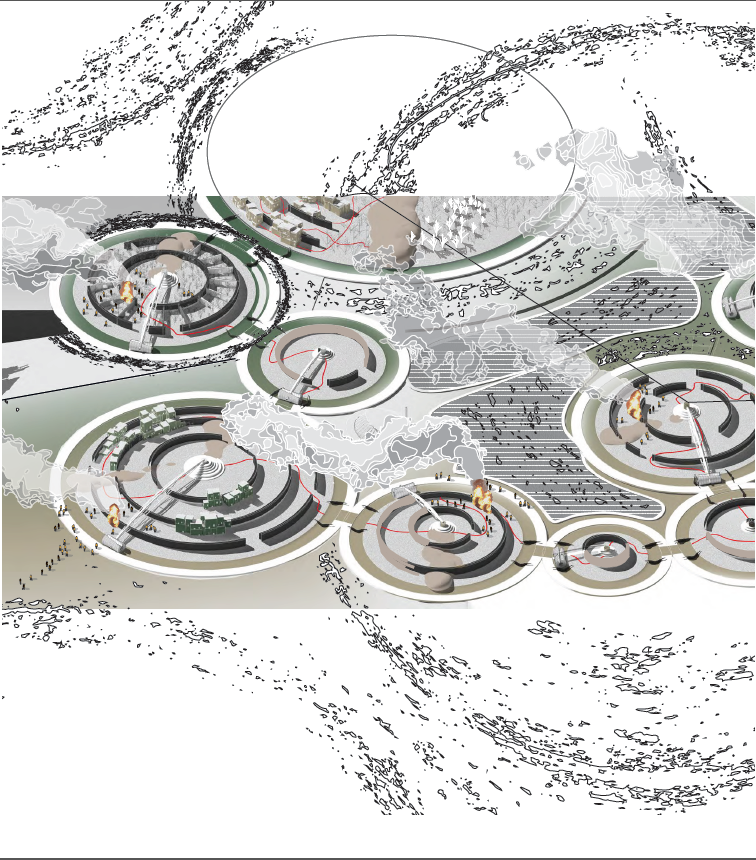Category: 2016
UD_RC11_(in)HABIT(at)

Over the course of the past year, RC11 has explored, speculated on and invented new concepts for a Garden City Habitat for tomorrow as part of the Bartlett Living Laboratory. Our activities are focused on resilient urban growth in new city habitats for Greater London.
A Habitat is an (independent) ecological system that has the right (dependent) conditions for an organism to flourish. It is a place where you can find shelter and the right conditions to find (or grow your) food. It can be created by setting up the right kind of social or environmental conditions to allow the inhabitants to be – or to become – independent. But a habitat can’t exist in isolation. All habitats exist within a complex network of factors that all play together to form a living organism.
In 1933, the Czech industrialist Tomáš Baťa set up the Baťa Shoe Factory in the Essex town of East Tilbury. The development wasn’t just a factory; it was a town with all the amenities and facilities a new settlement needs.Baťaville had everything a normal town needs to function: houses and housing, a hotel, a cinema, a restaurant, sports facilities, a garage, a farm, a grocers, a butcher and a post office – except that everything was owned and run by the Baťa company. Strongly influenced by the English ‘Garden Cities’ movement, it created a closed habitat, a complete manufactured landscape. Baťaville was the first such modernist development in the UK.
RC11 started with a critical discussion of Ebenezer Howard’s Garden City vision and how it was variously implemented. The traditional ideas have to be challenged, a new principle of how the new Garden City will respond to both the cultural and environmental settings. The visions should be radical and push the boundaries of design and urban planning, speculating on a new urban fabric. The idea of habitat/housing is a strategic vehicle to investigate the evolution of approaches in the process of making a city. Through identification of appropriate tools and instruments the spatial design articulated a new urban settings, linking the domesticity and urbanism, creating a new Manufactured Island, a Garden City Habitat in the Essex marshes.
Students worked towards their individual research agenda, which resulted in individual design proposals. A trip to India looking at Le Corbusier’s Chandigarh, the holy city of Pushkar, the floating palaces in Udaipur, the manufacturing centres around Jaipur and finally the capital of Gujarat – Ahmedabad helped to define the concepts, ideas and the context for the projects.
We would like to thank:
Thanks to Samson Adjei, Laura Allen, Shumi Bose, Roberto Bottazzi, Margret Bursa, Marco Ferrari, Joseph Grima, Jamie Hignett, Dan Hill, Holly Lewis, Andrew Porter, David Roberts, Mark Smout, Paolo Zaide.
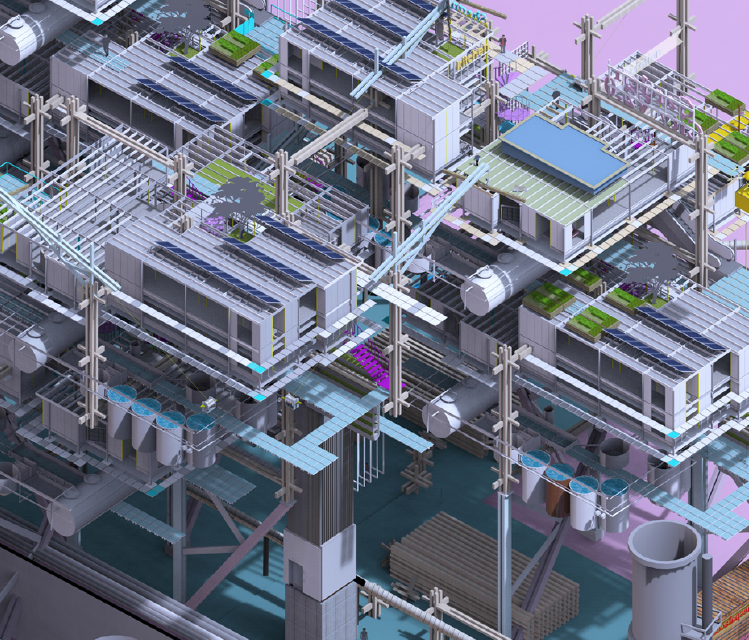
Garden City V2.0
The Garden City V2.0 is a guideline to self-build a city. The notion of self-build is understood as setting out all the structural and or-ganizational frameworks of the new settlement (political, economic, social) and the physical construction of the city. Therefore, the guide-line is presented as a system divided by its theoretical and physical components. The theoretical framework is based on the principles of the Garden City which work as social and economic mechanisms.
Although it seems to allow a lot of freedom and adaptability to the user, the system has to be naturally limited by certain constraints or one can say assembled by certain rules. Rules provide a framework that is flexible and adaptable and it can be in filled by all sort of irregularities.
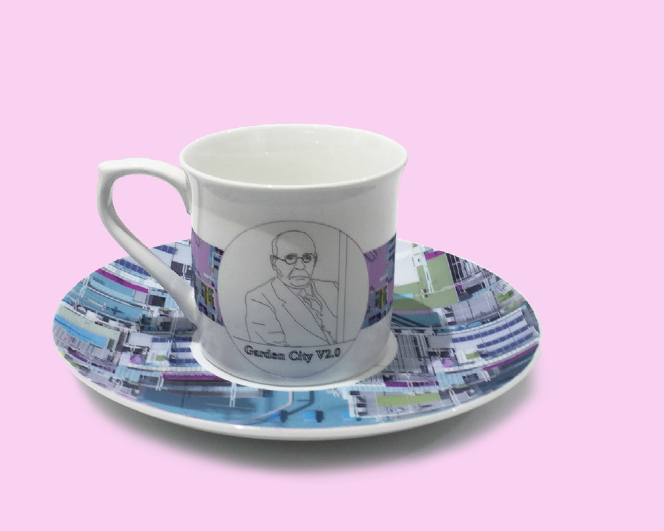
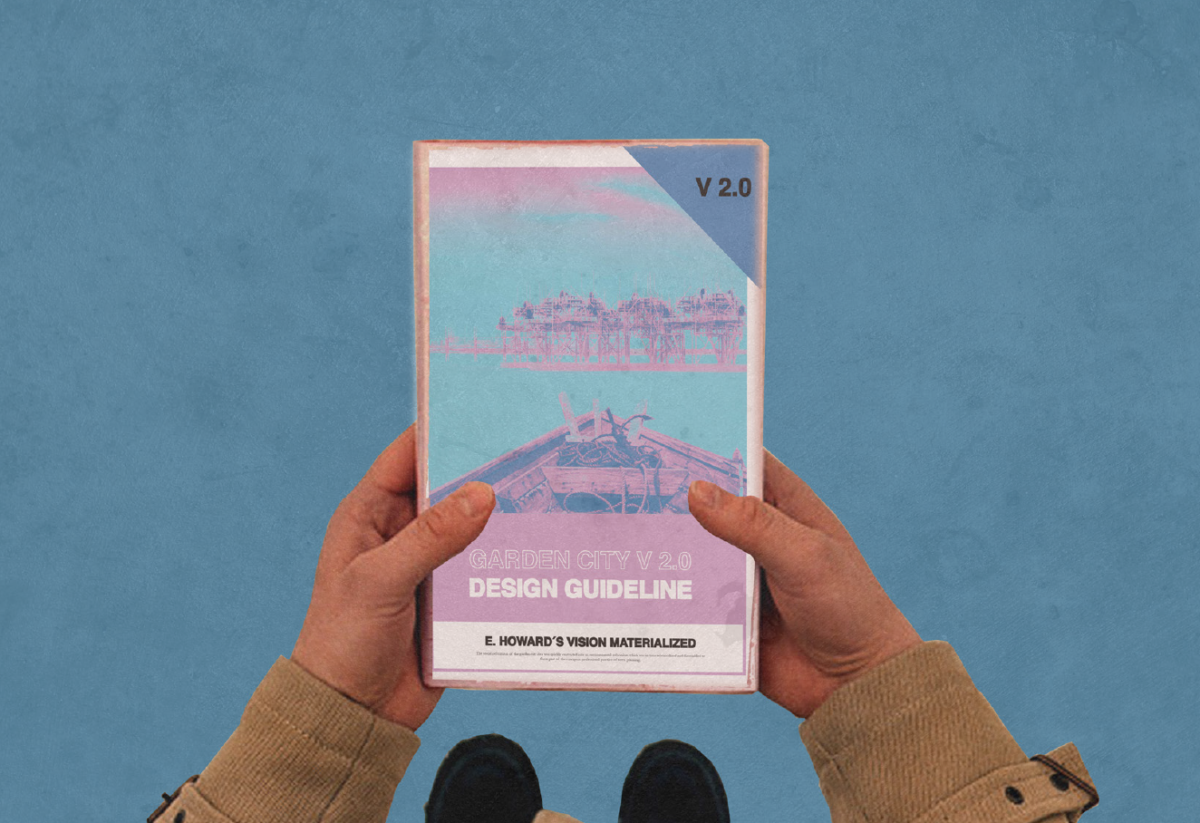
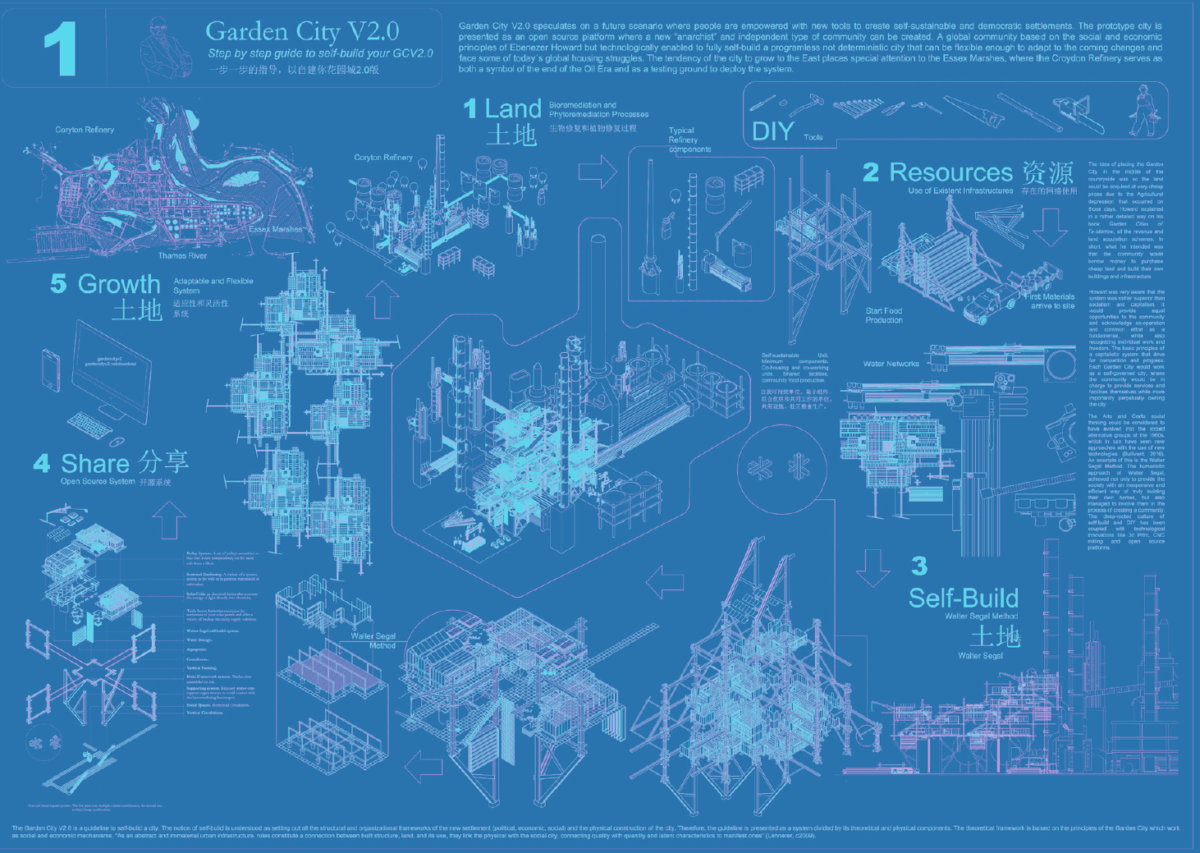

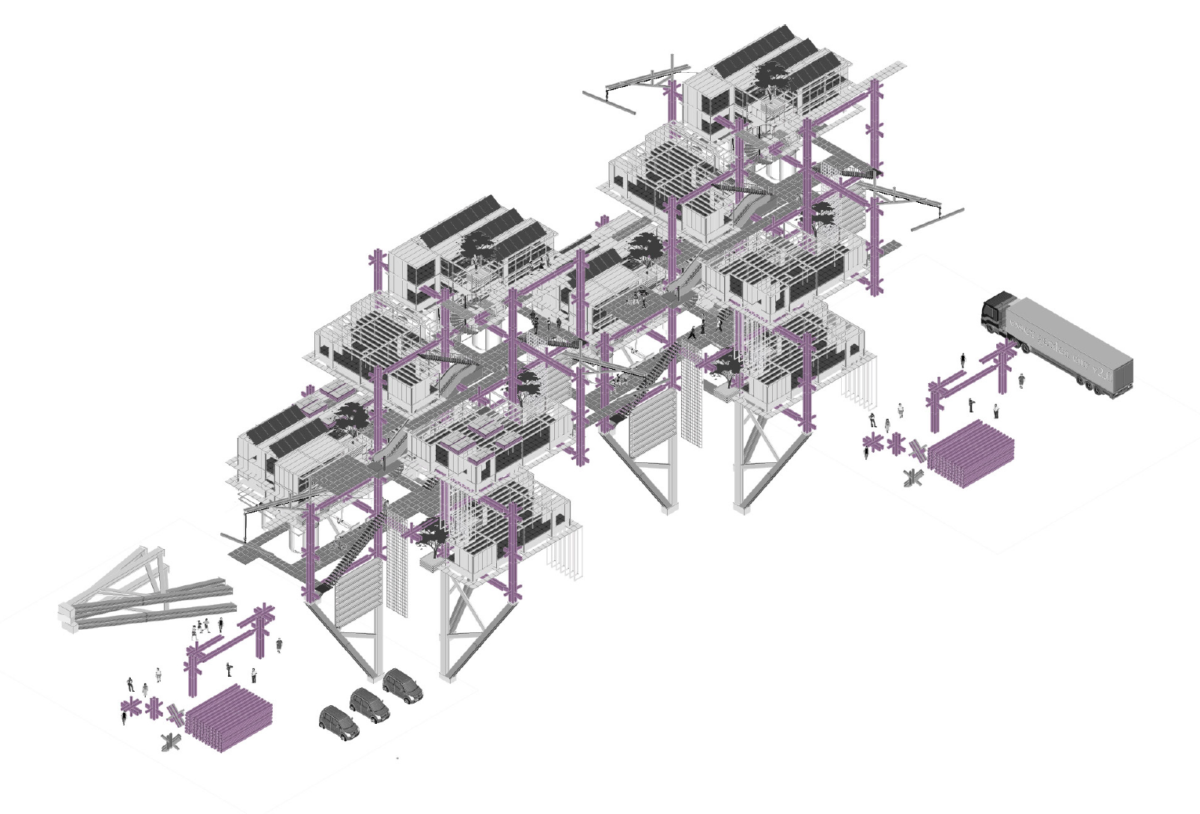
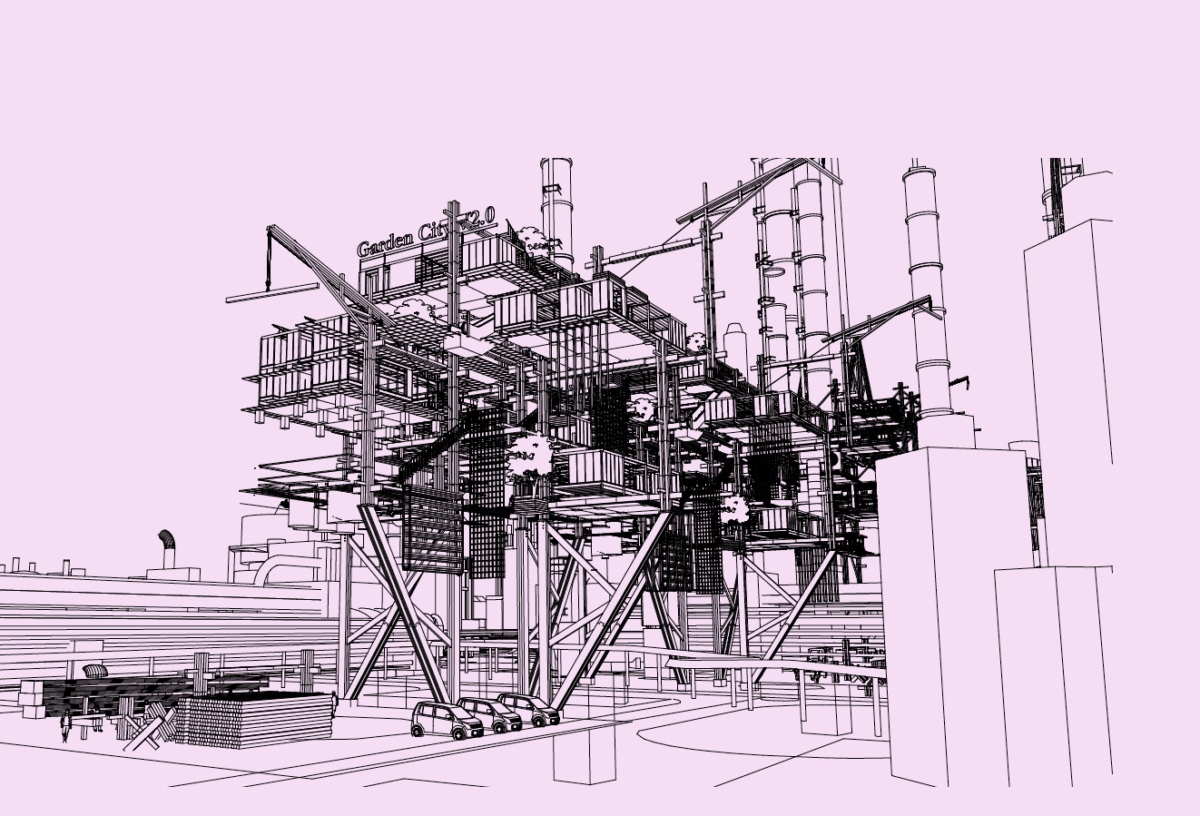
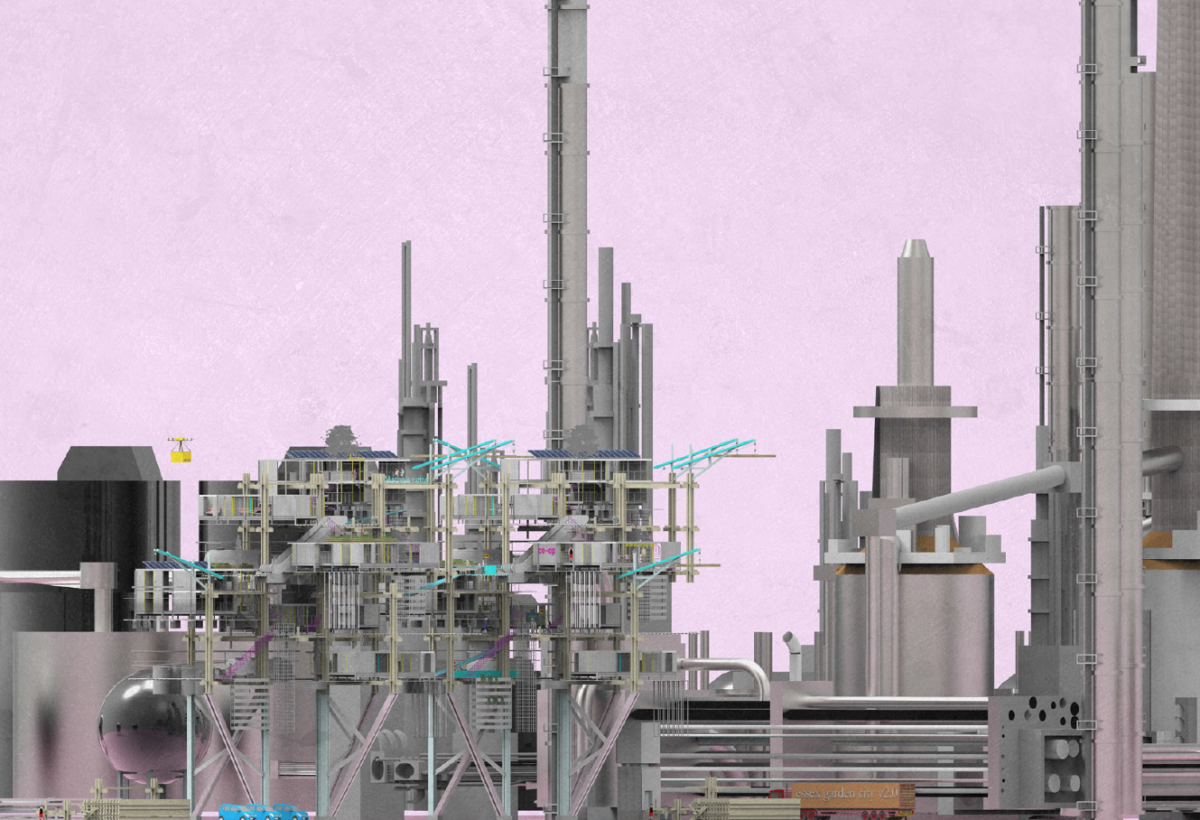
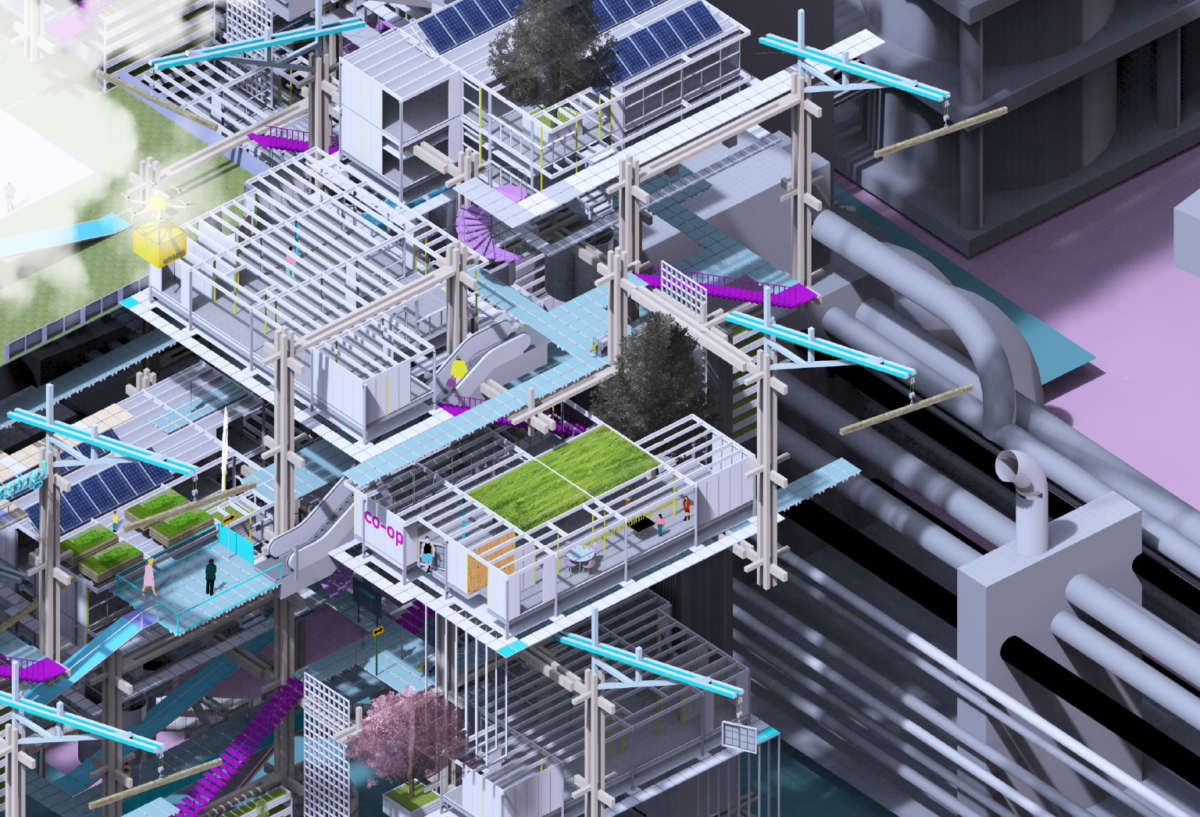
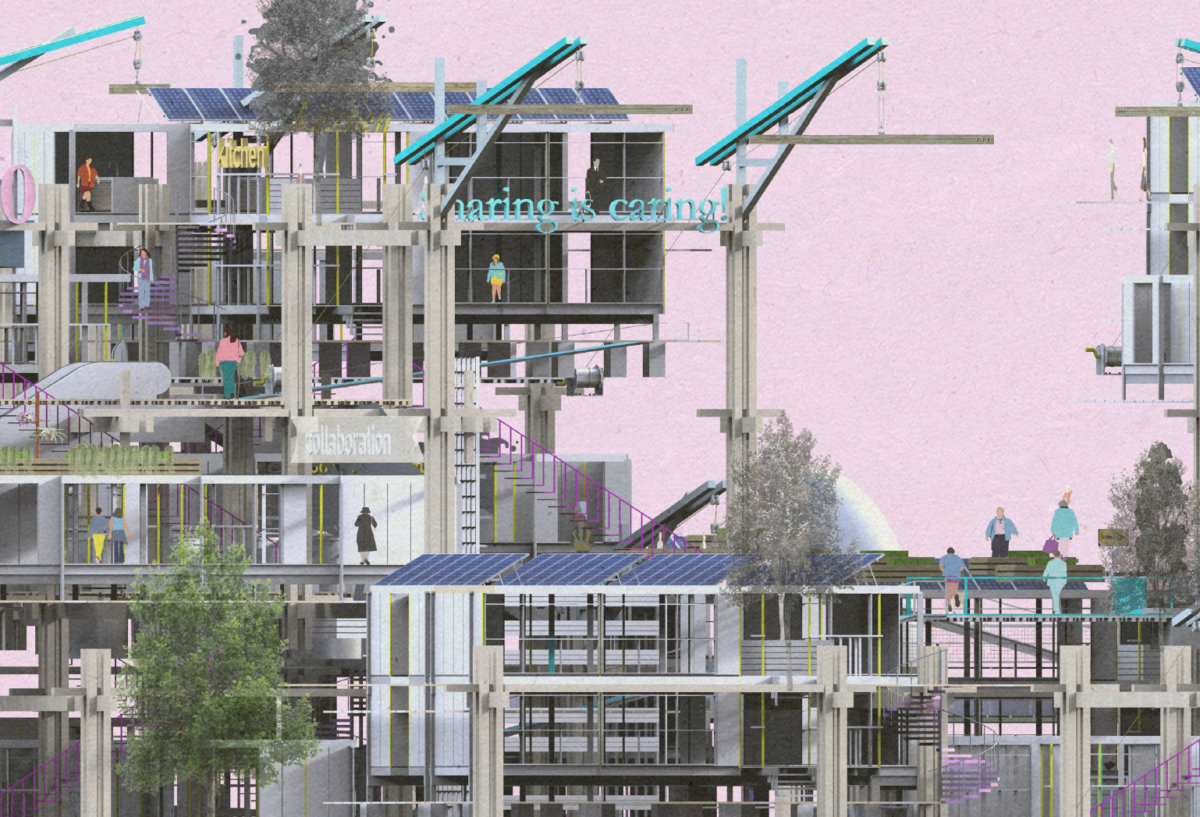
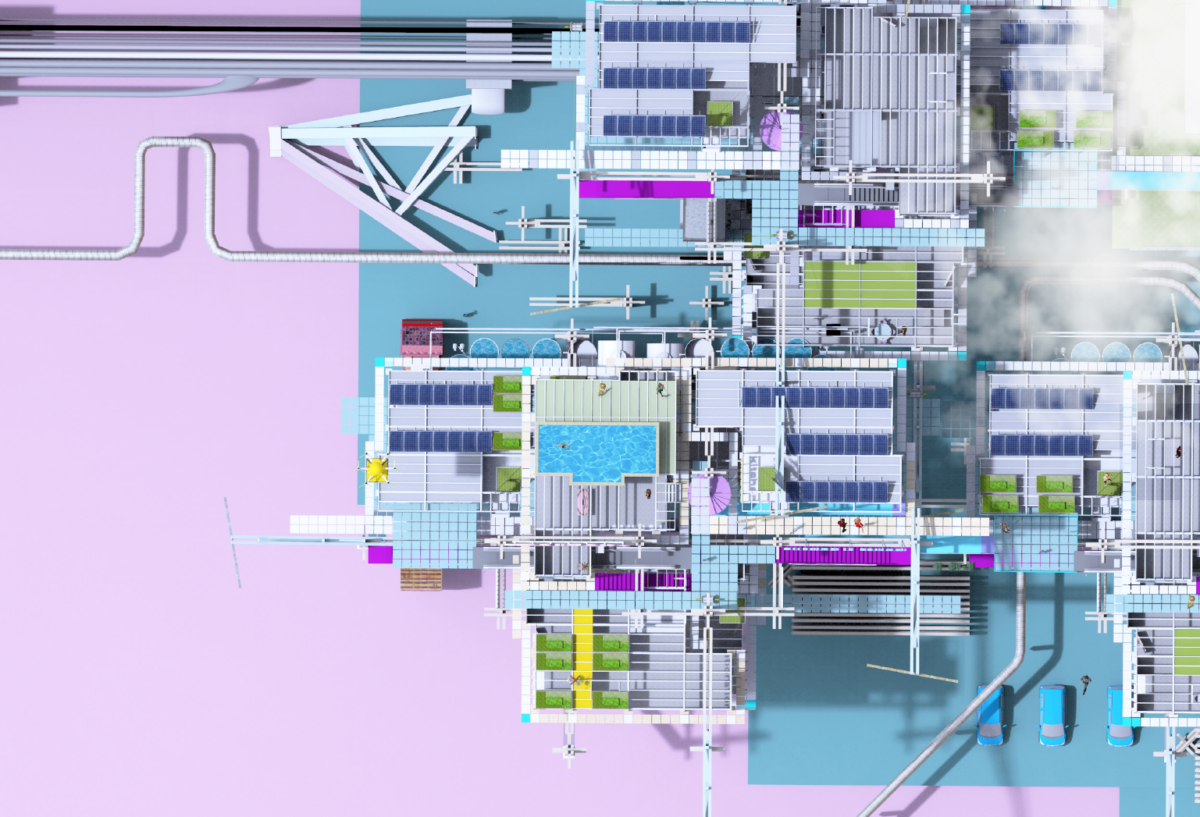
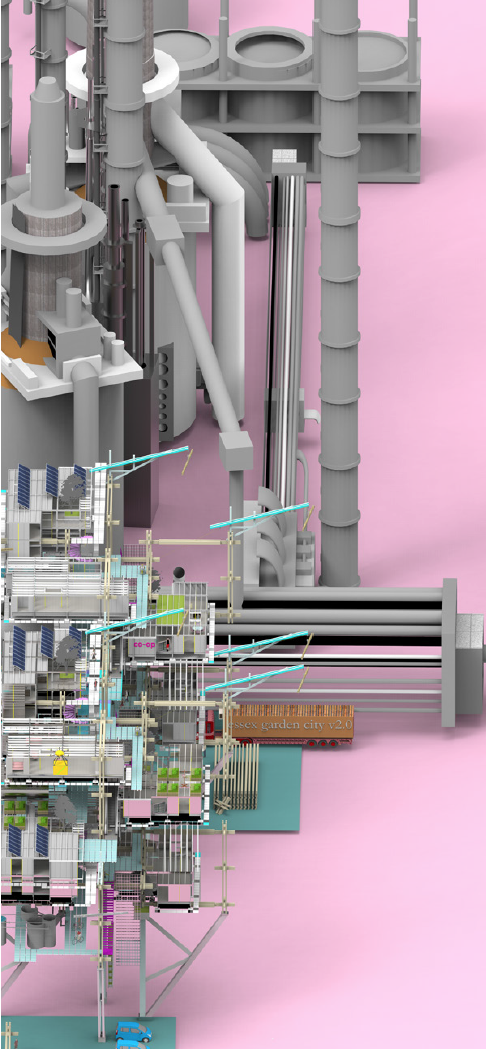
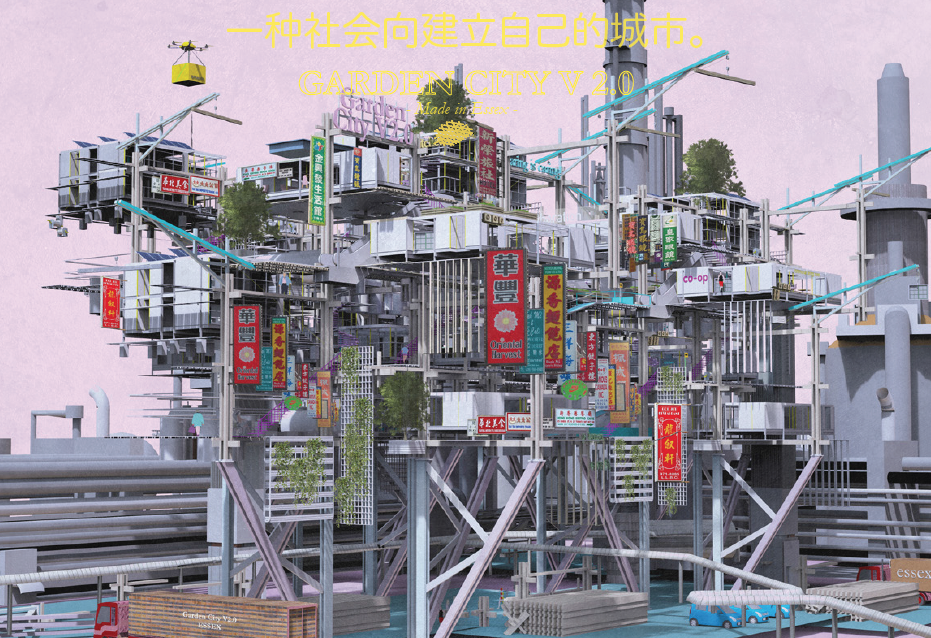
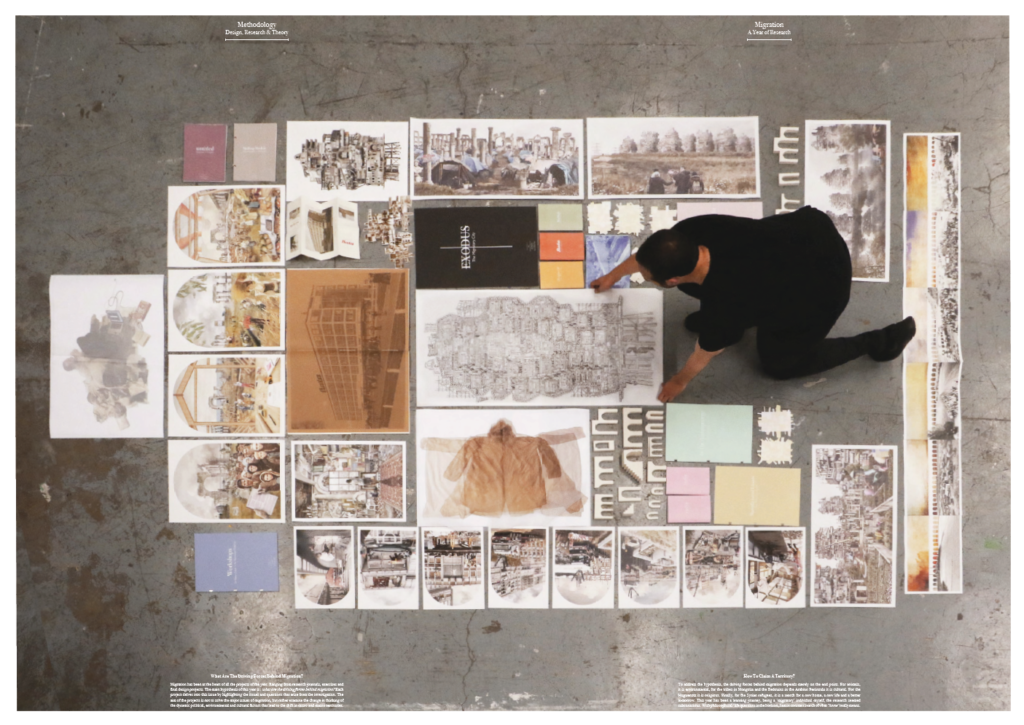
EXODUS

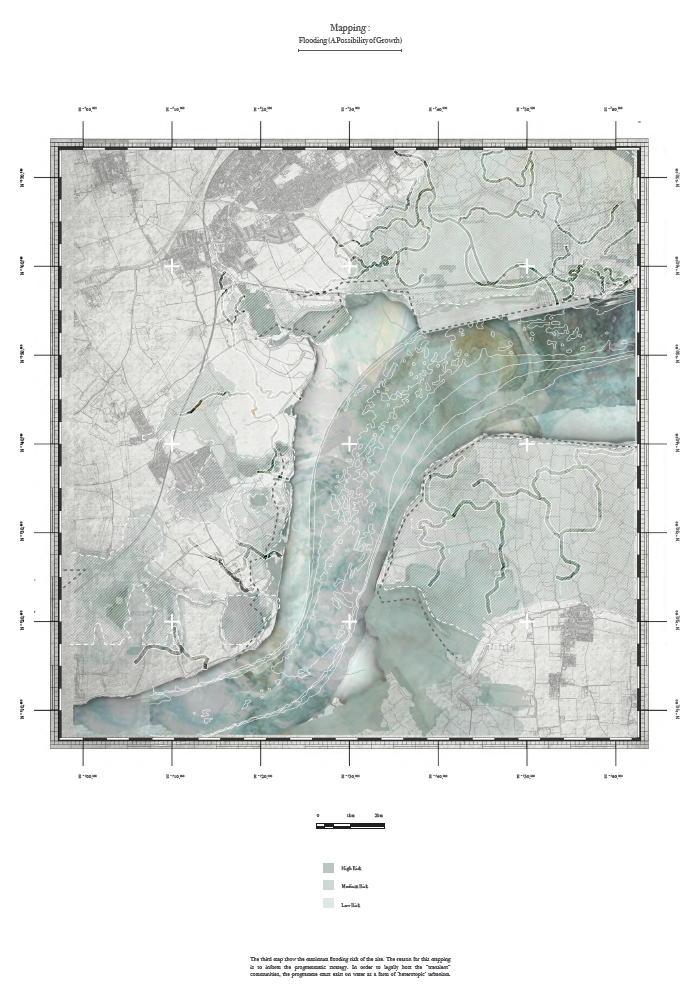
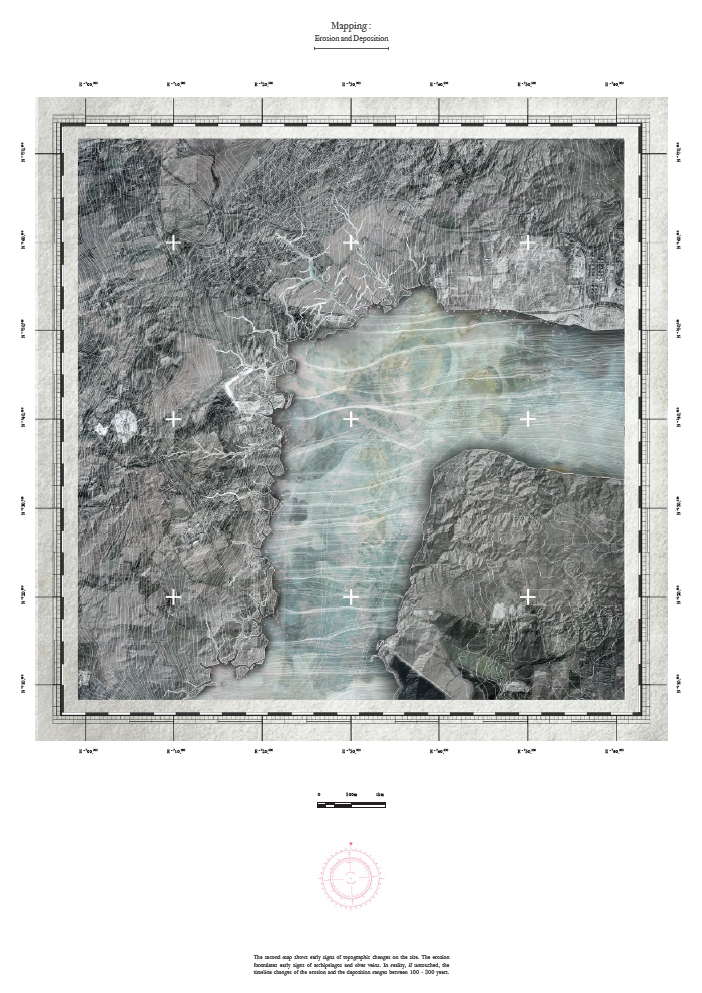
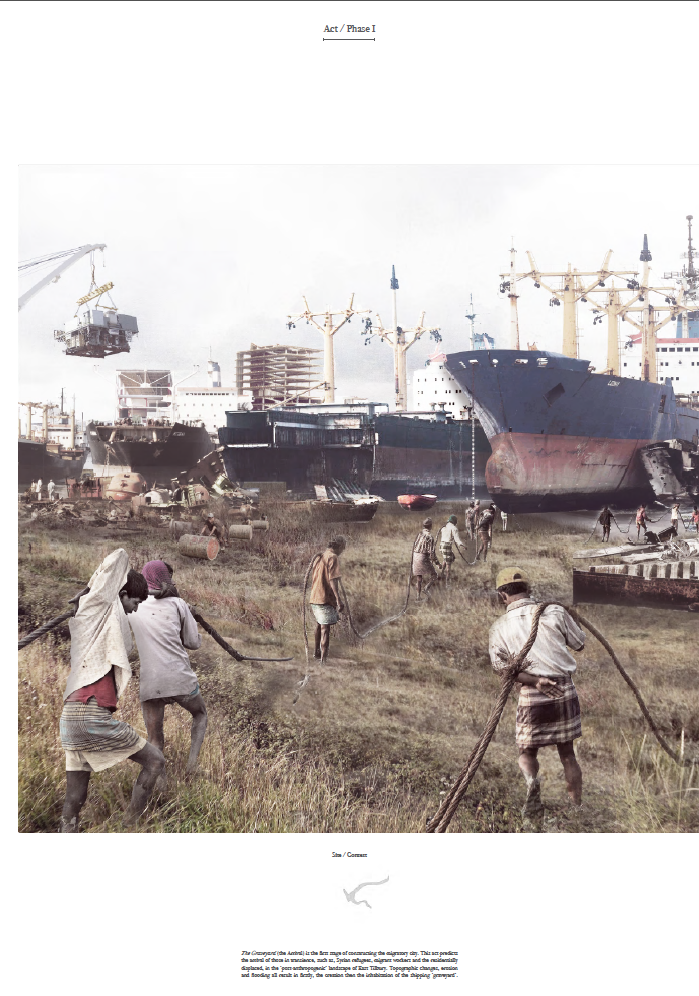
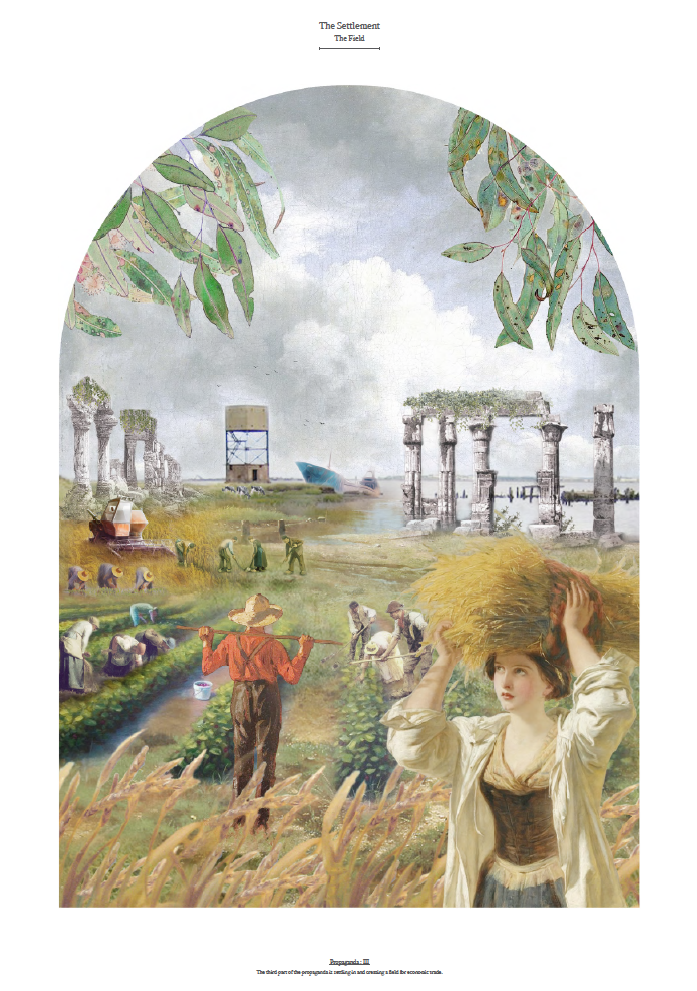
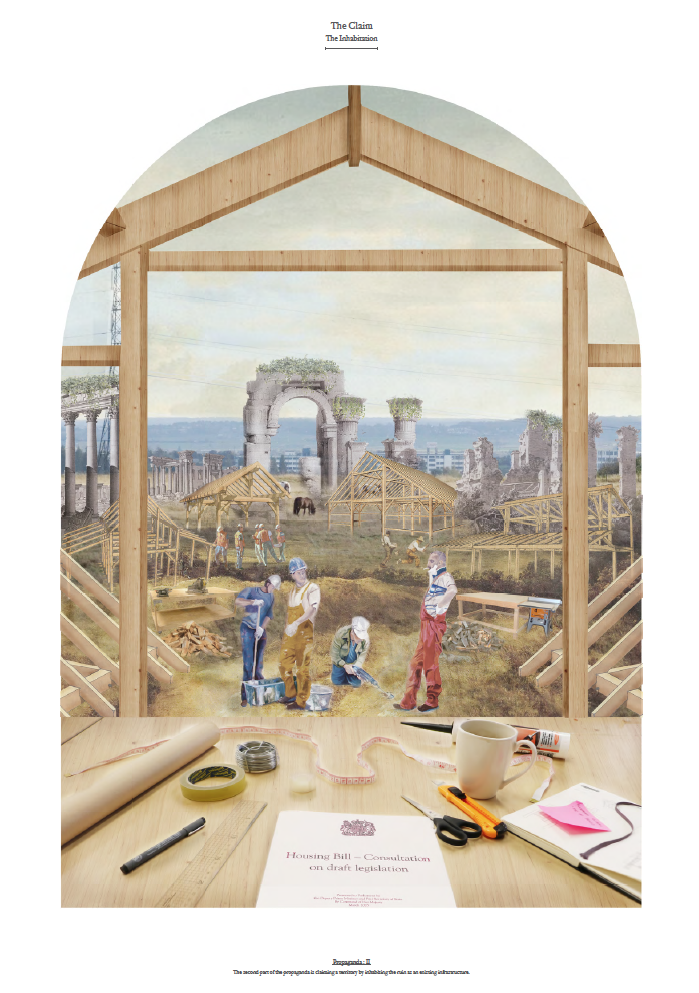
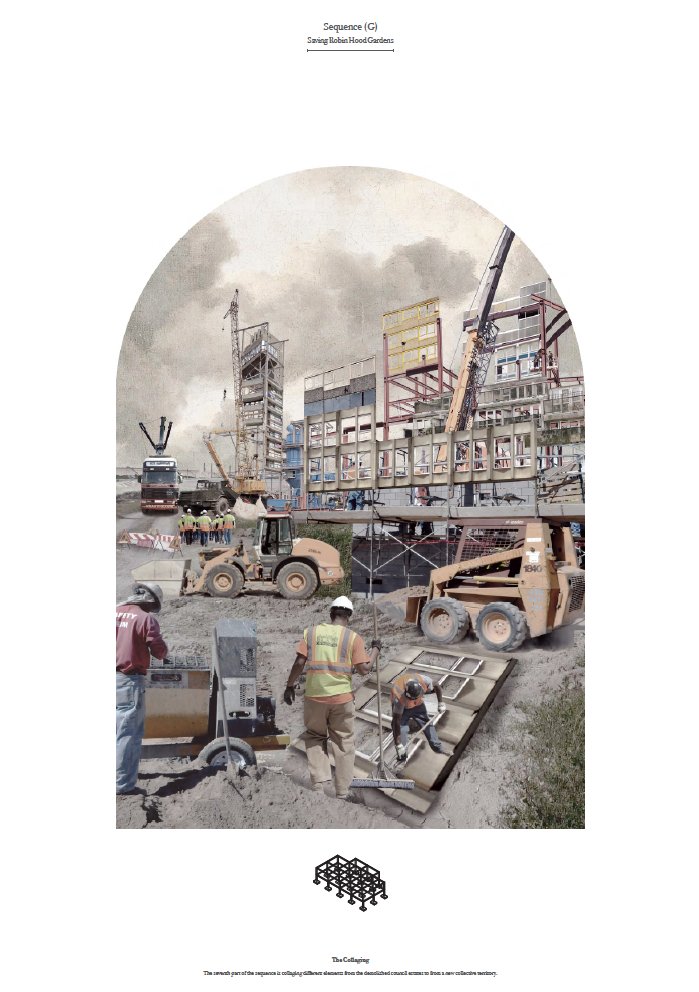
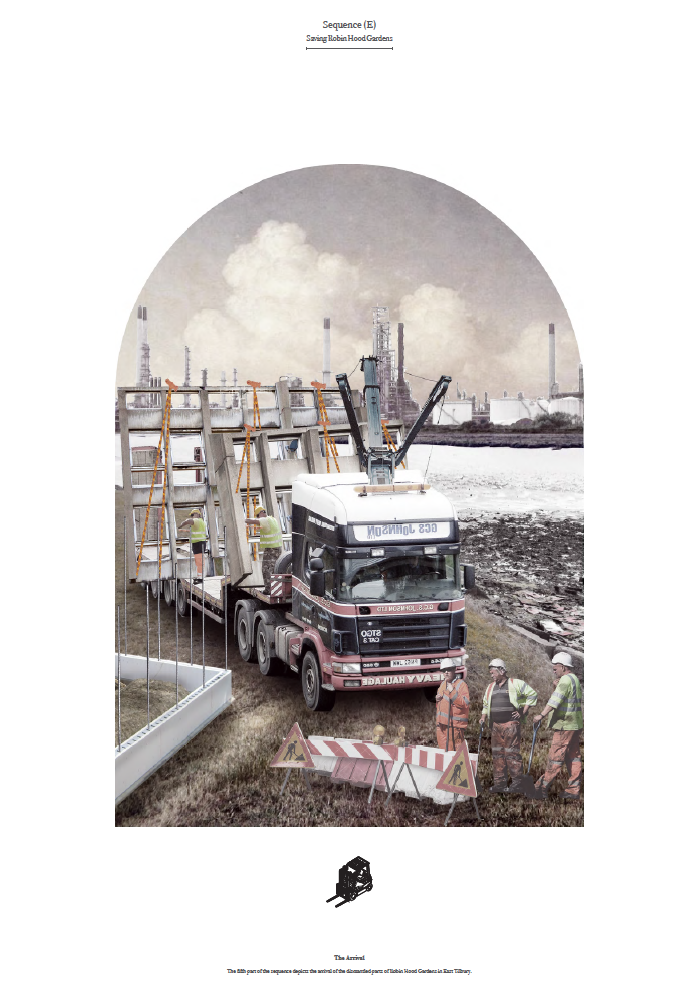
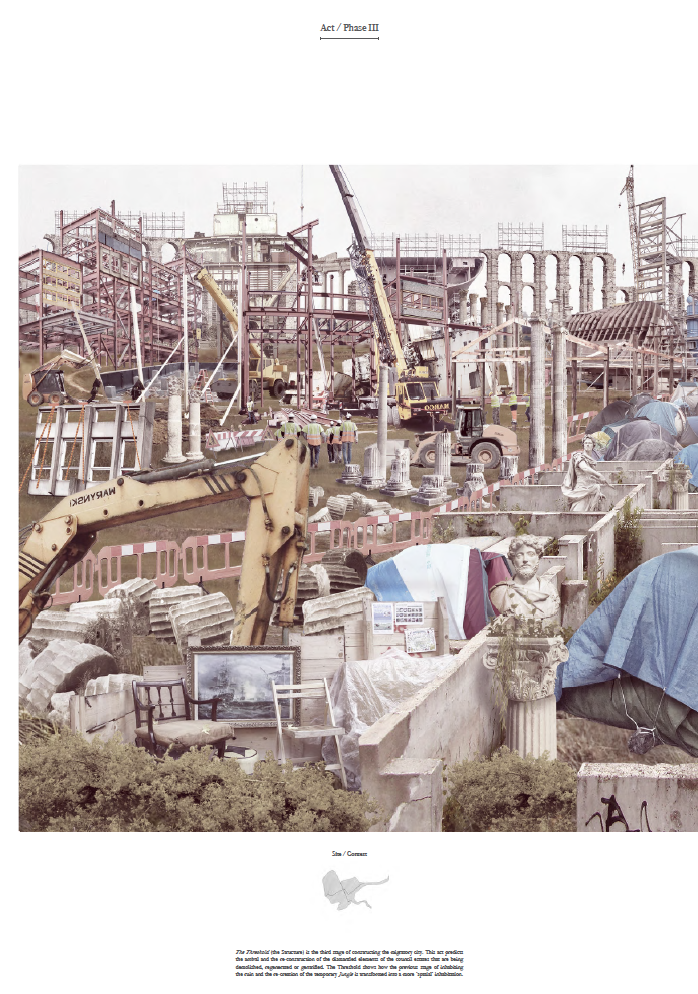
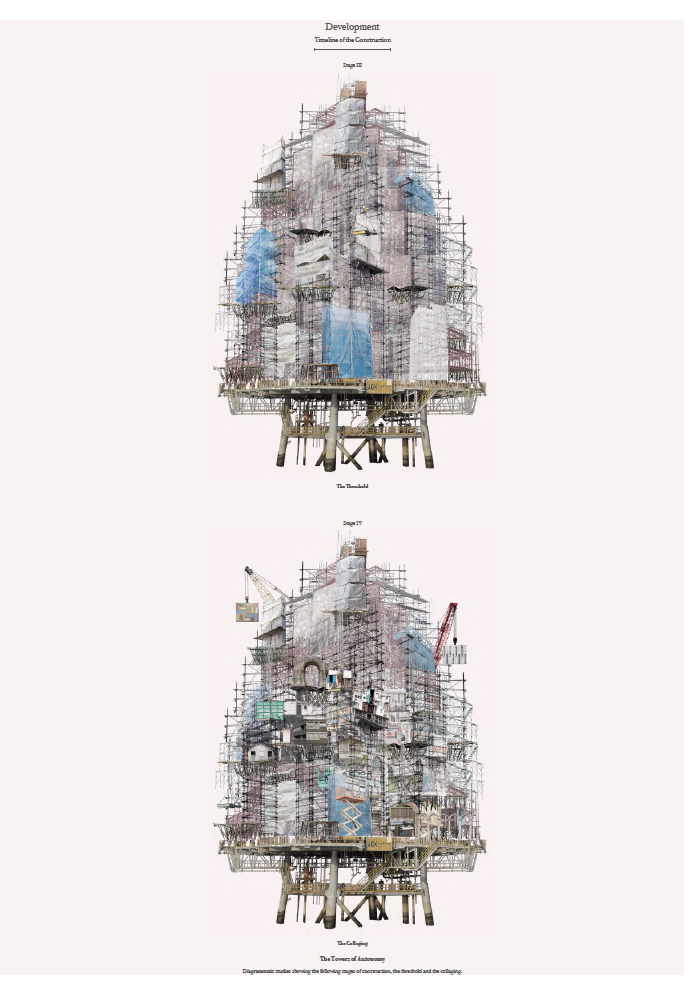
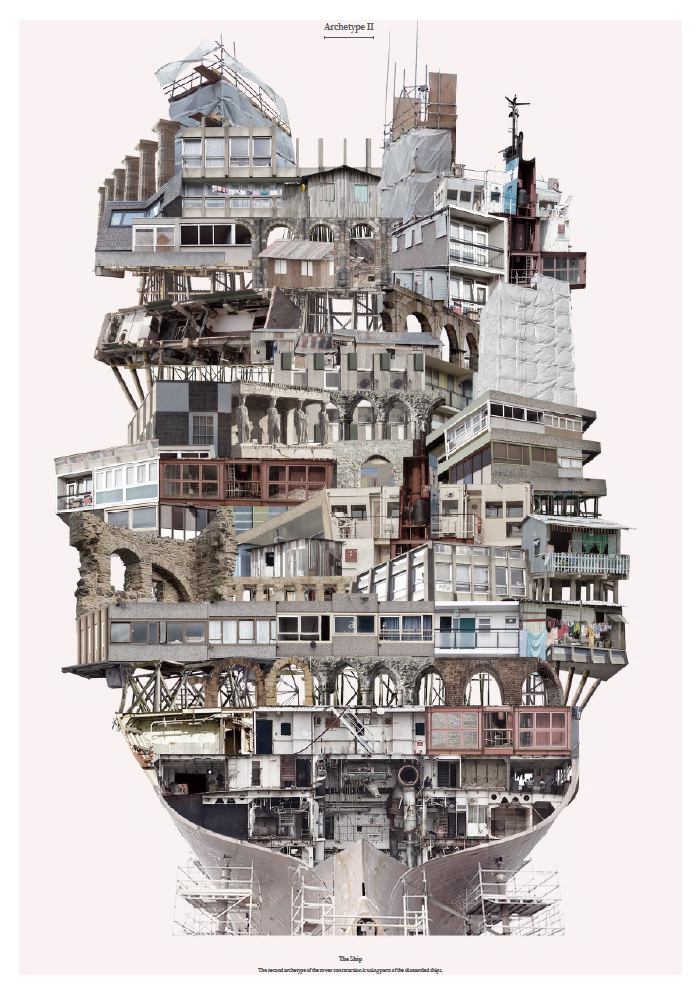
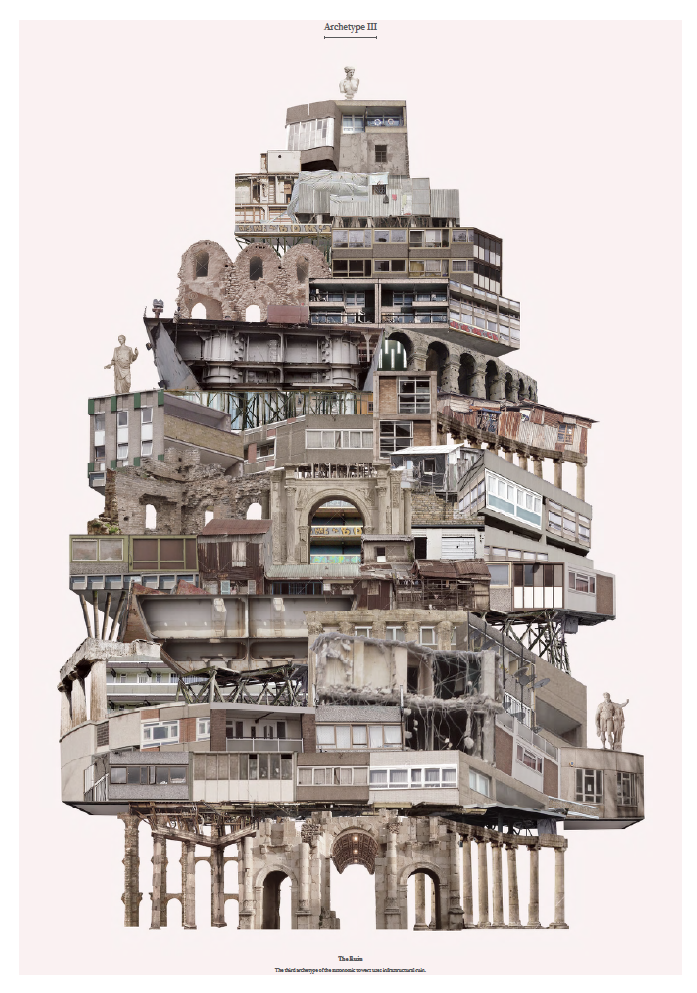
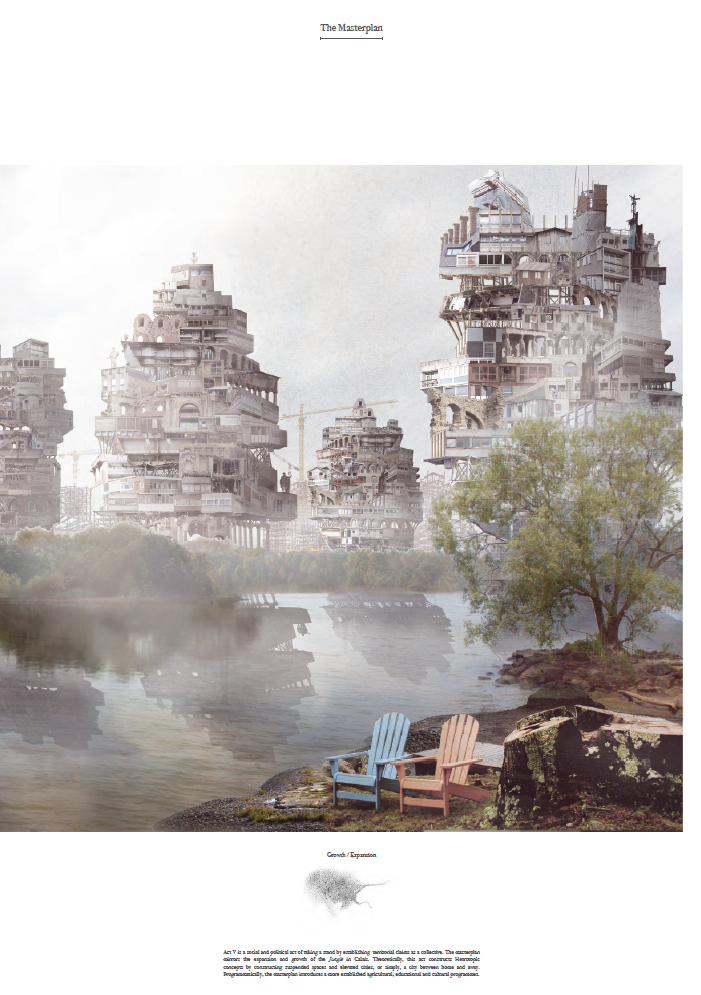
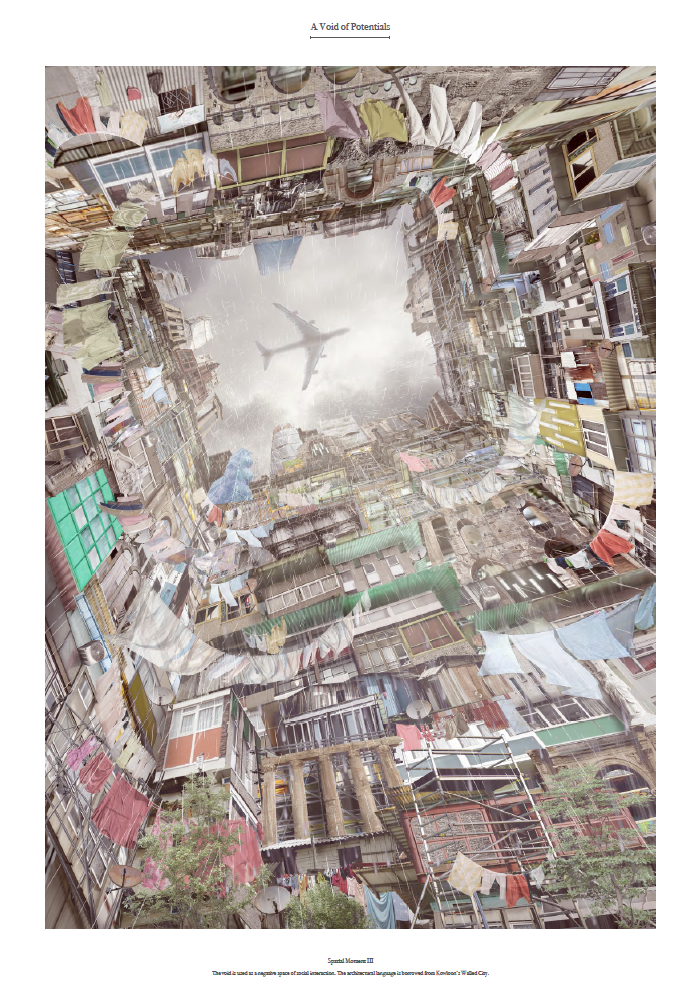
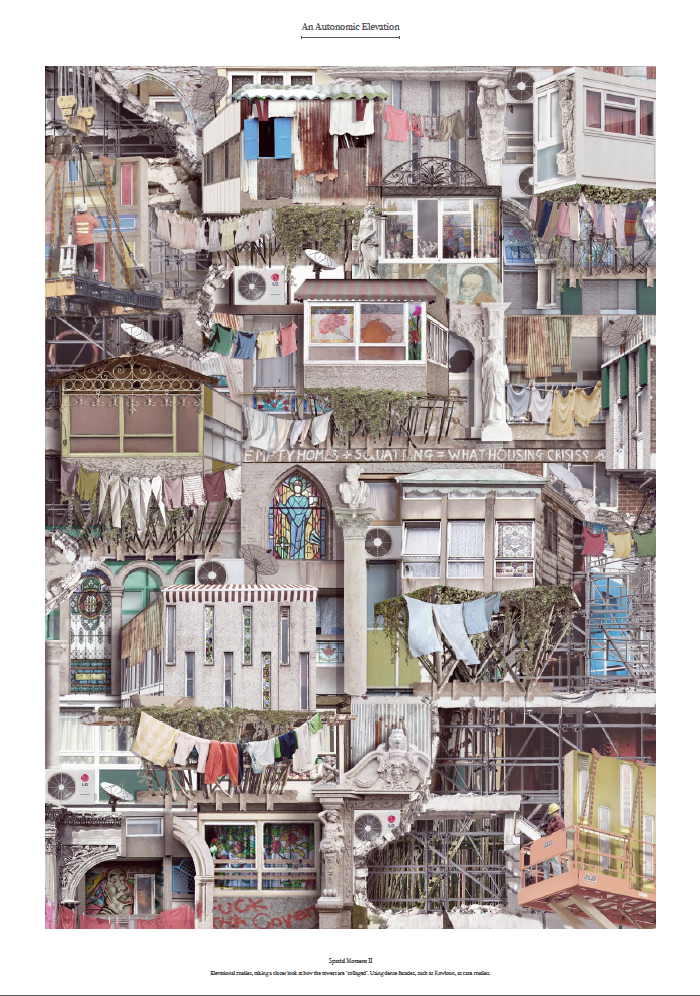

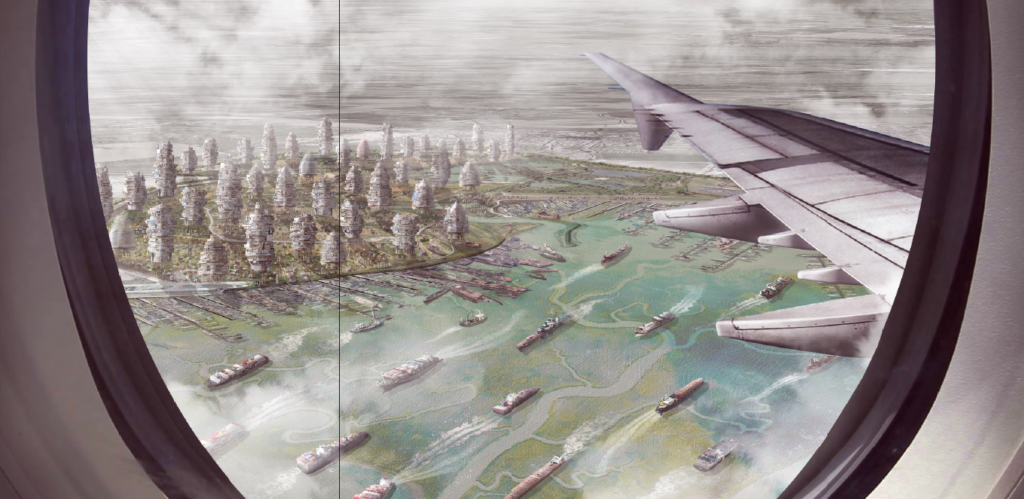
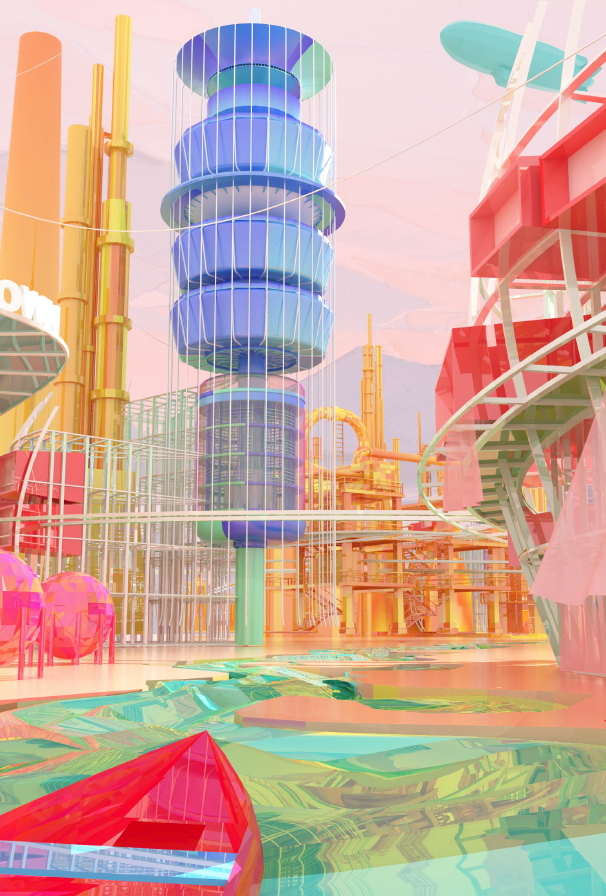
Silver Lining – Inhabiting a disused ol reffinery in Essex.
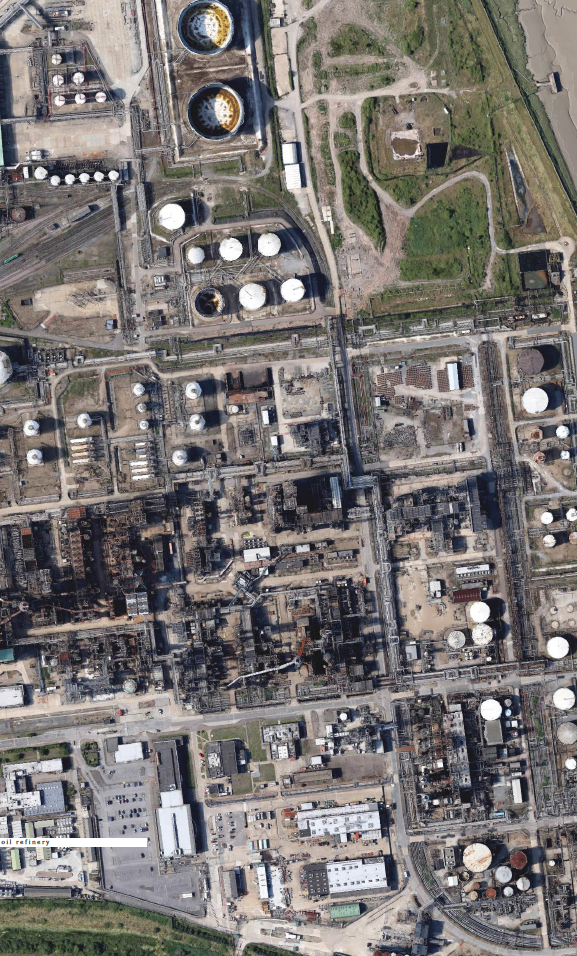
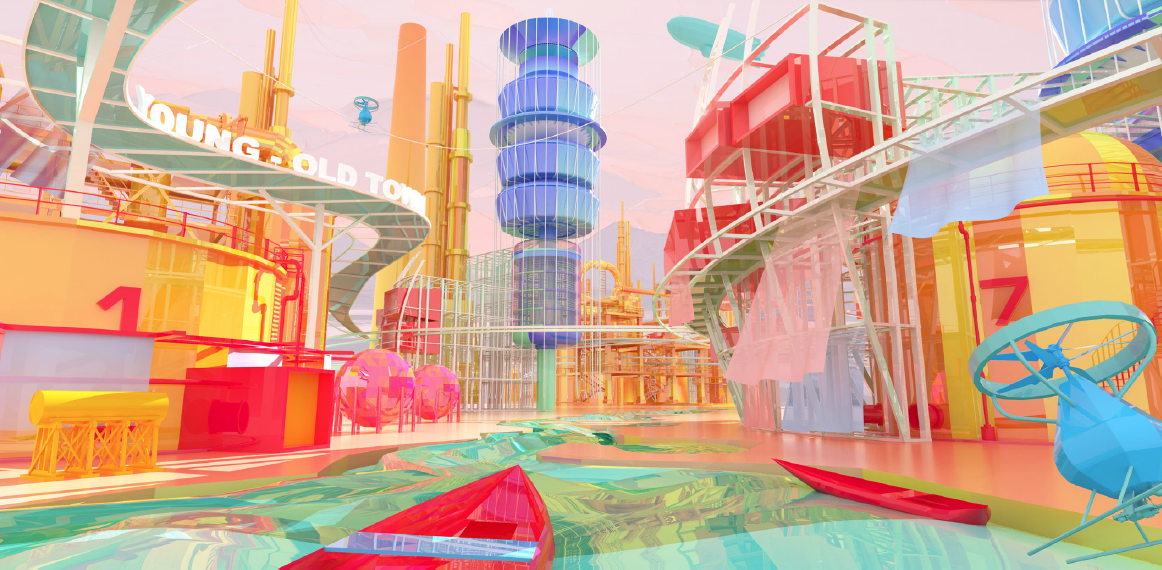
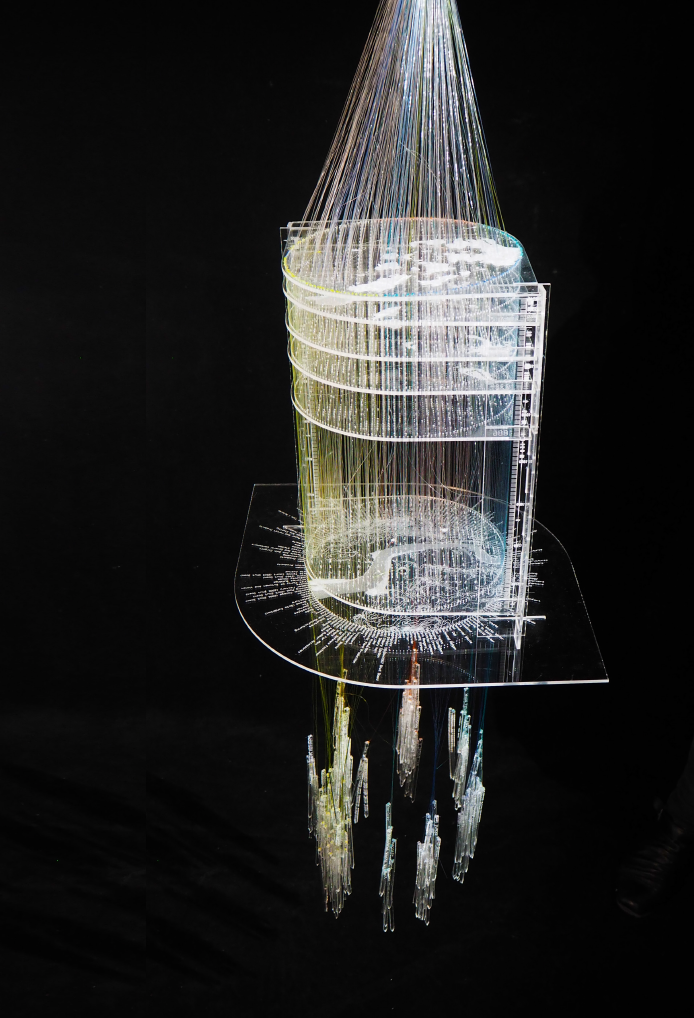


Urban Design RC11 field trip to India.
We visited Le Corbusier’s Chandigarh, Pushkar the oasis in the desert, the textile industries of Jaipur, the amazing city of Udaipur and Ahmedabad in Gujarat.
2500km on night trains, buses and endless Tuktuk’s, lots of Le Corbusier buildings, Louis Kahn, ship breakers in Alang, temples everywhere, stepwells, and the most amazing and kind people everywhere.




















Urban Design RC11 exhibit as part of the annual BPro Exhibition at the Bartlett in October 2016.
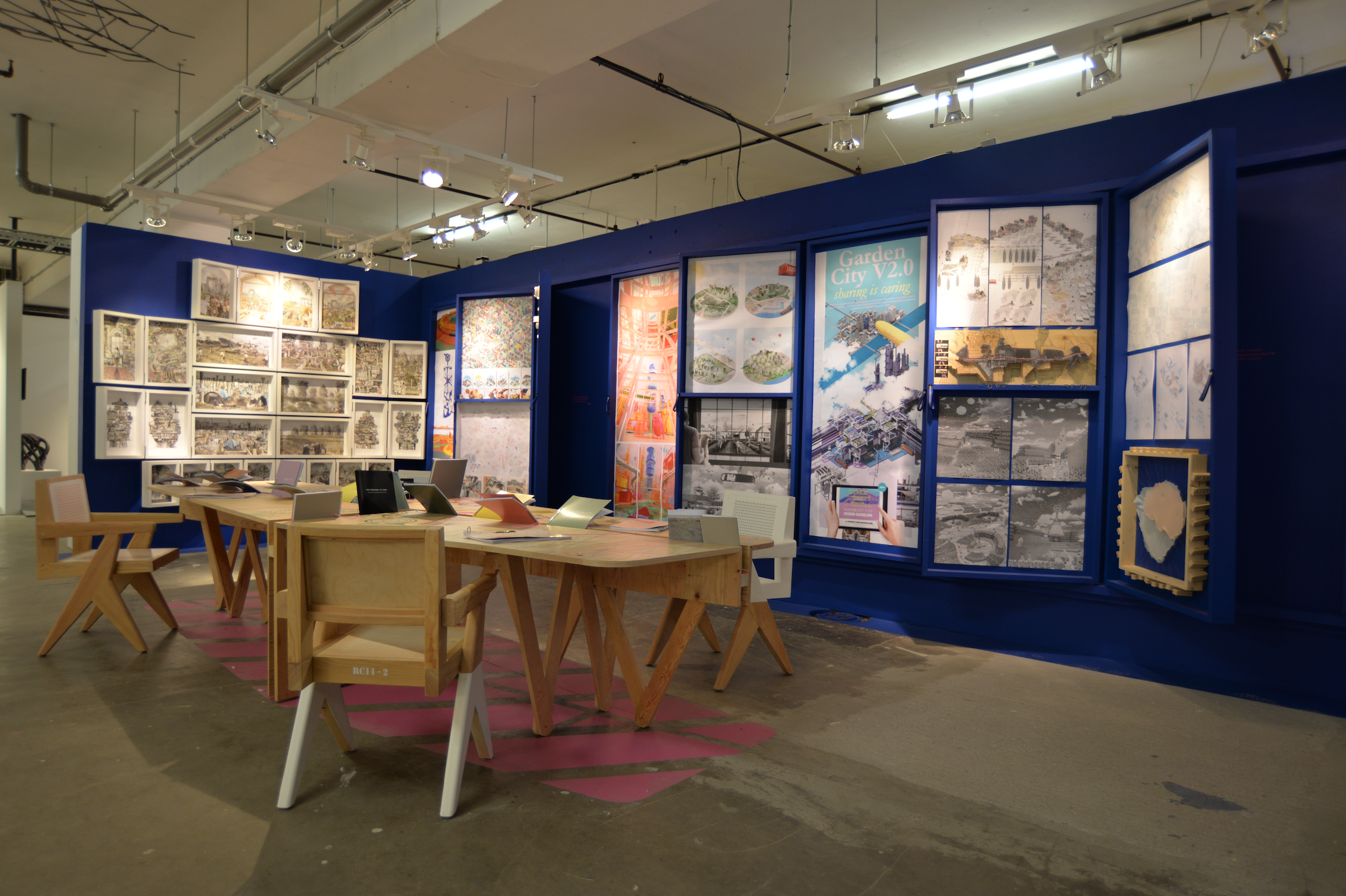
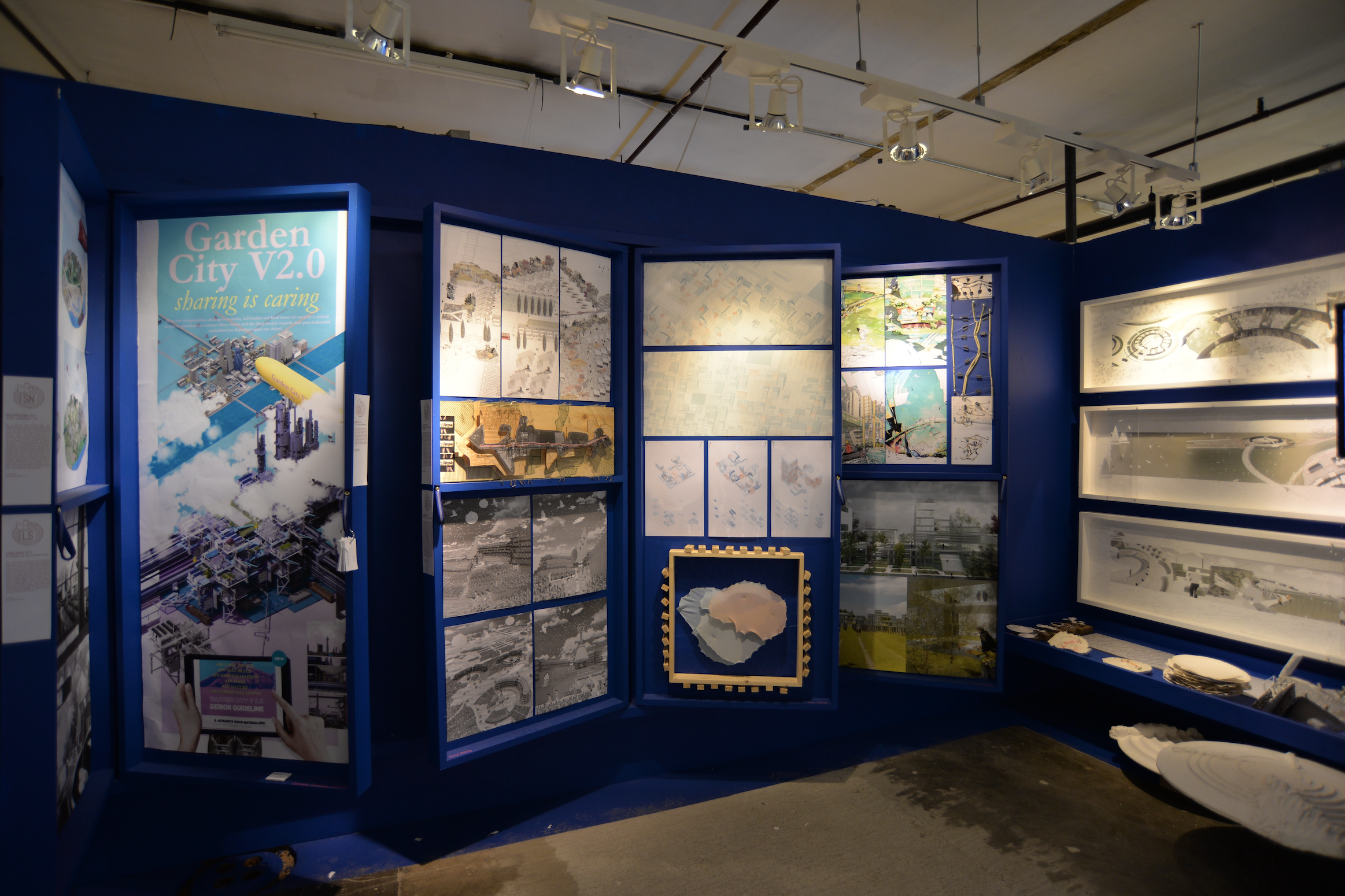
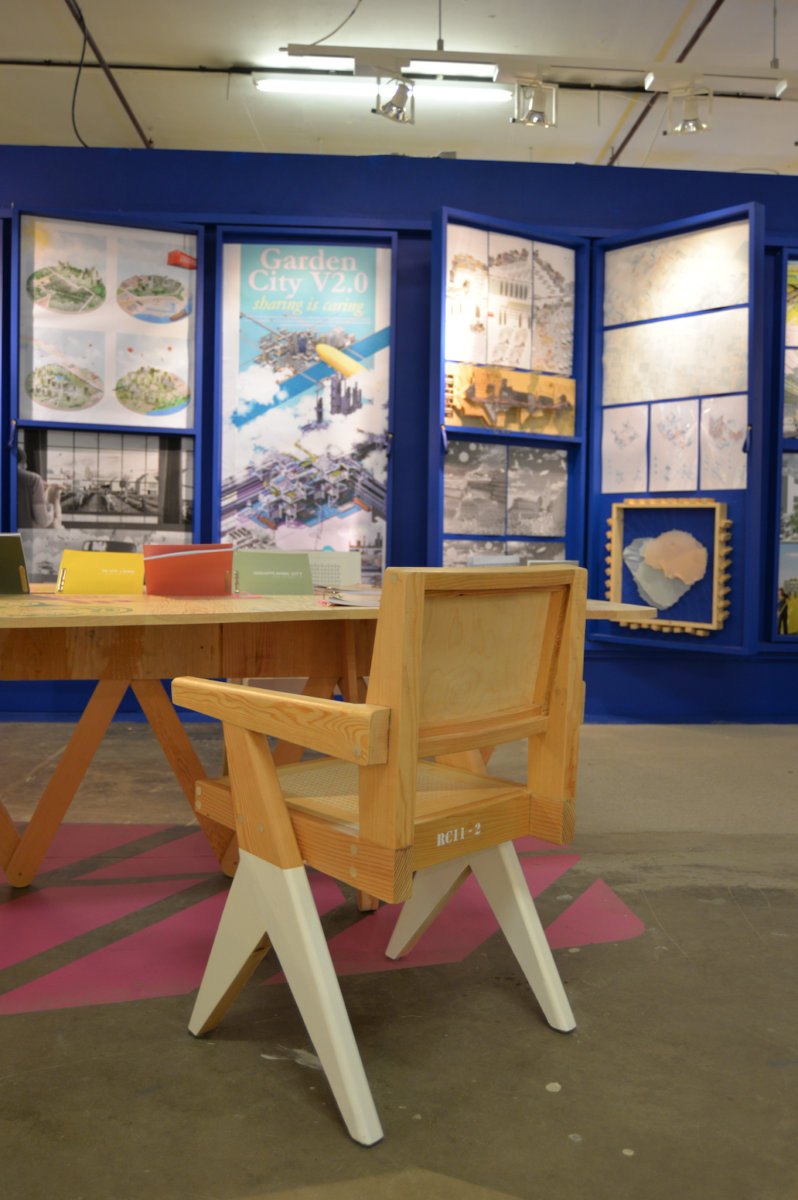
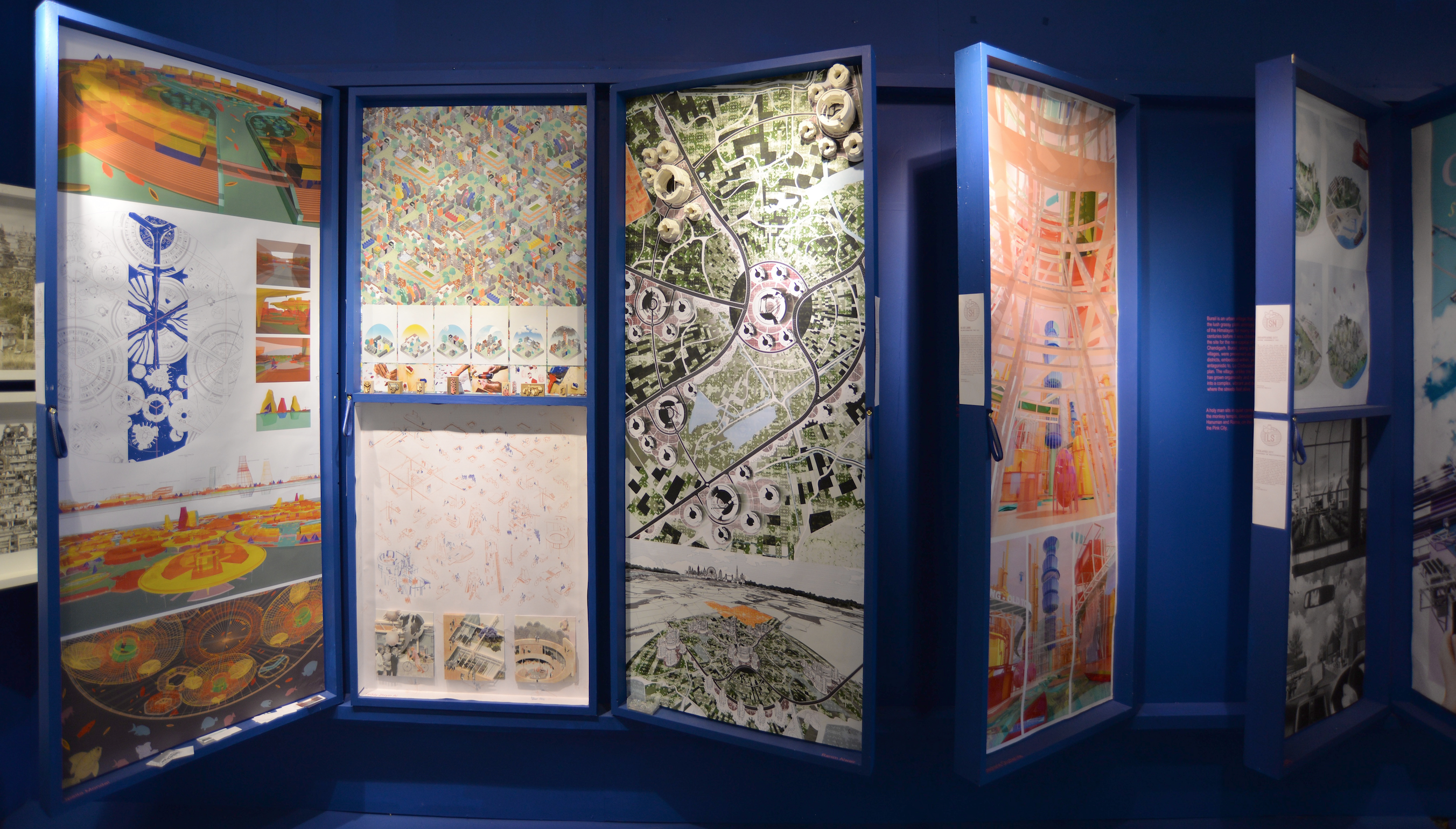
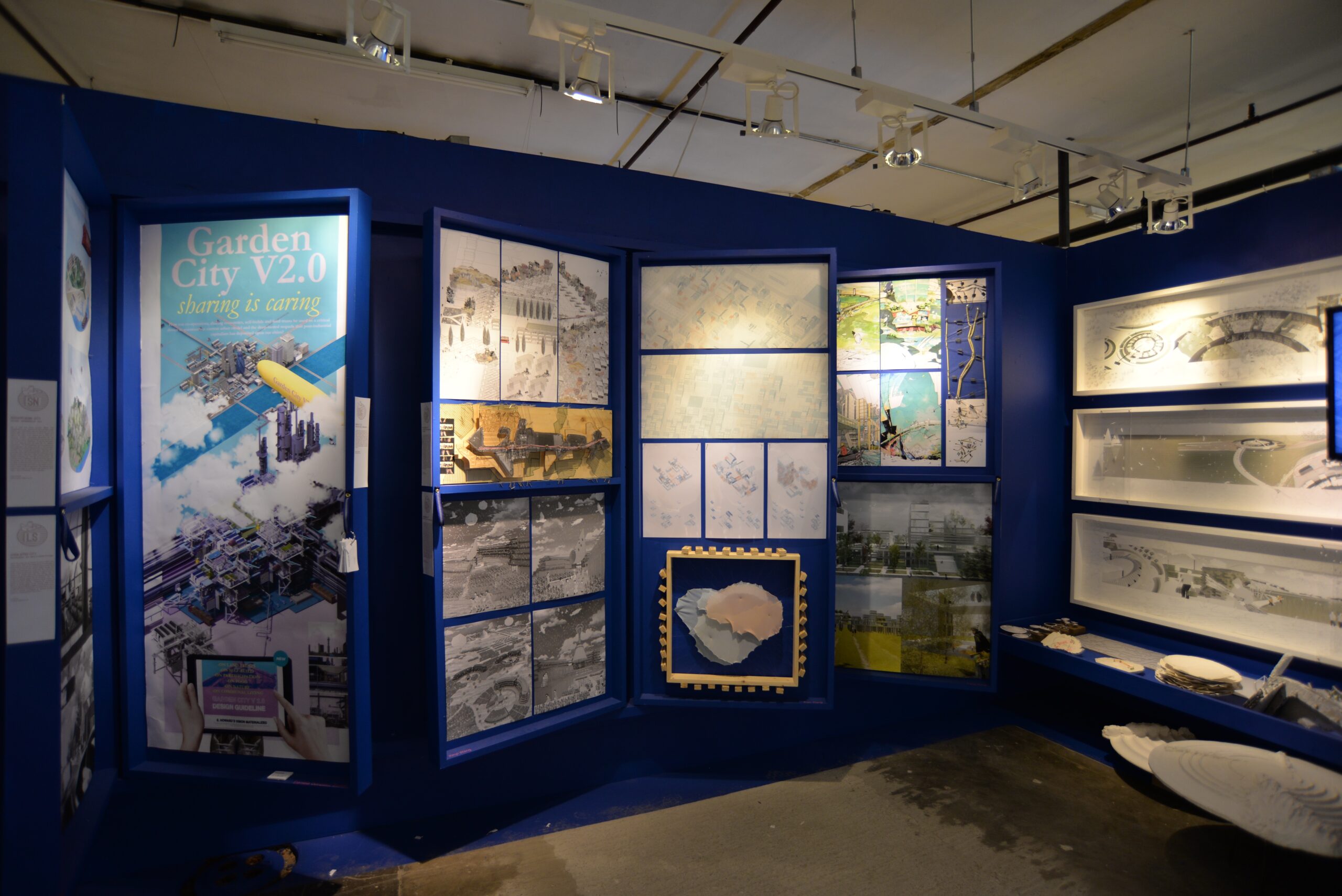
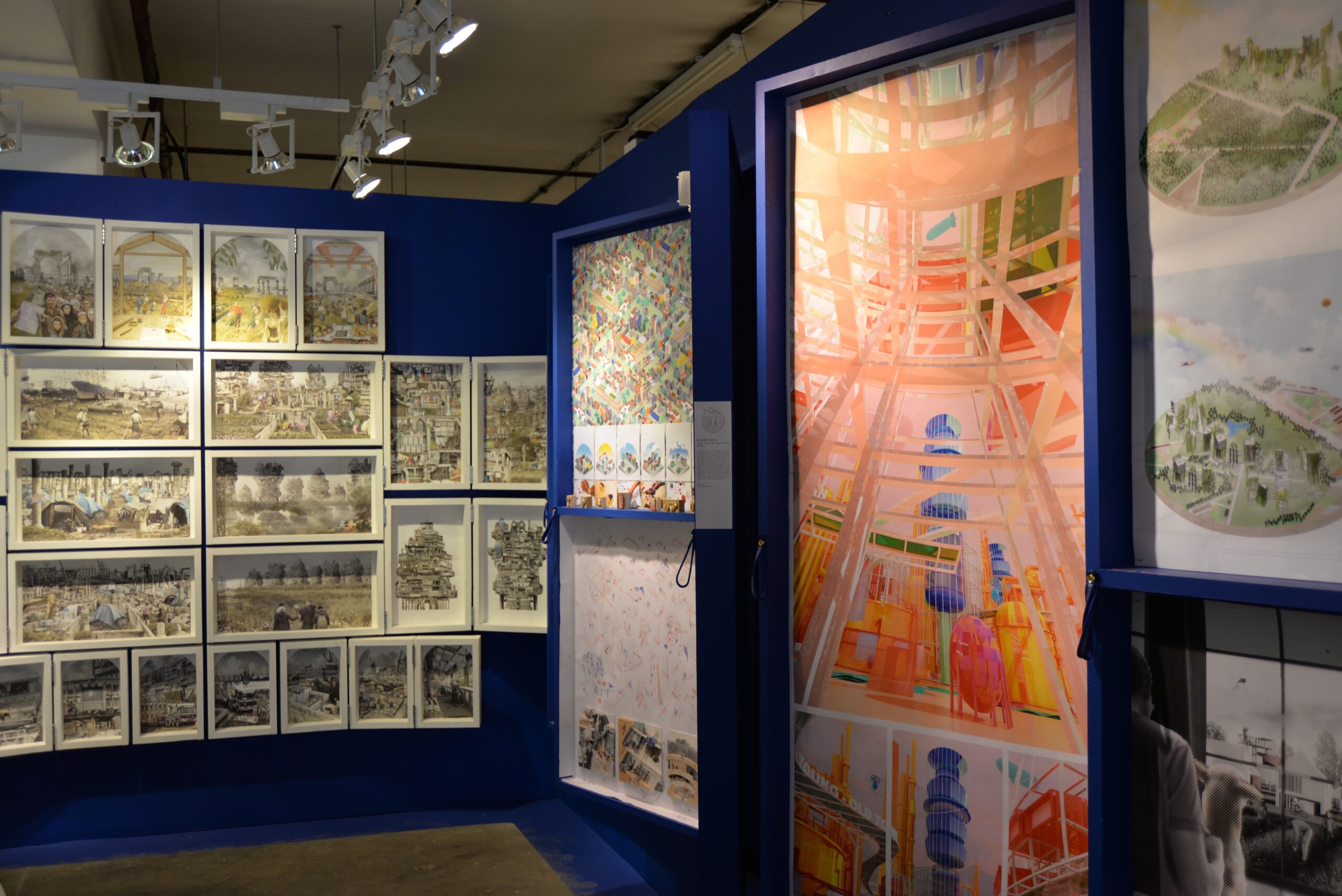
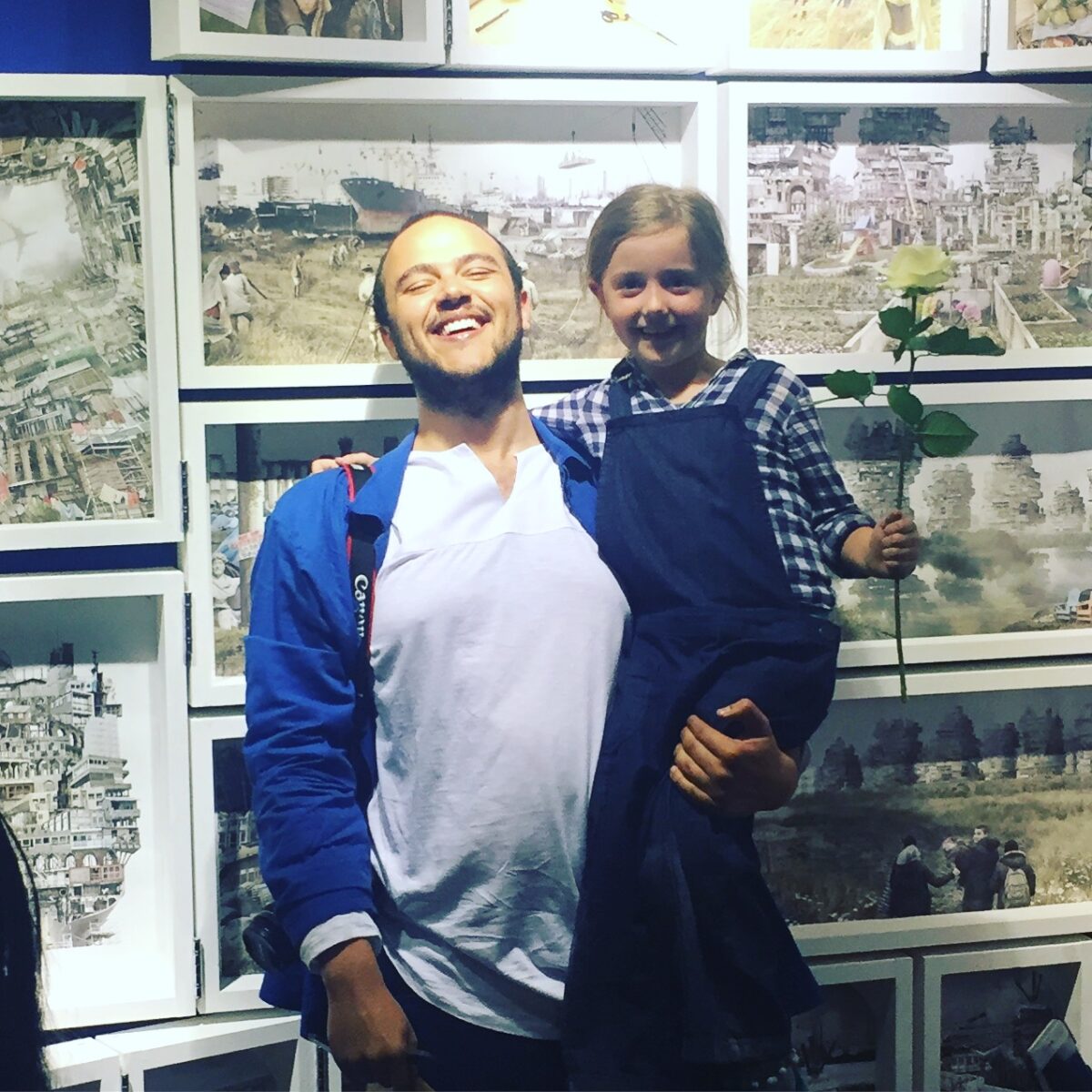

Living IN and OFF the landscape, East Tilbury, Essex
Silt inhabitation within man-made mud islands in the Thames Estuary.

